Automatic Screwdrivers
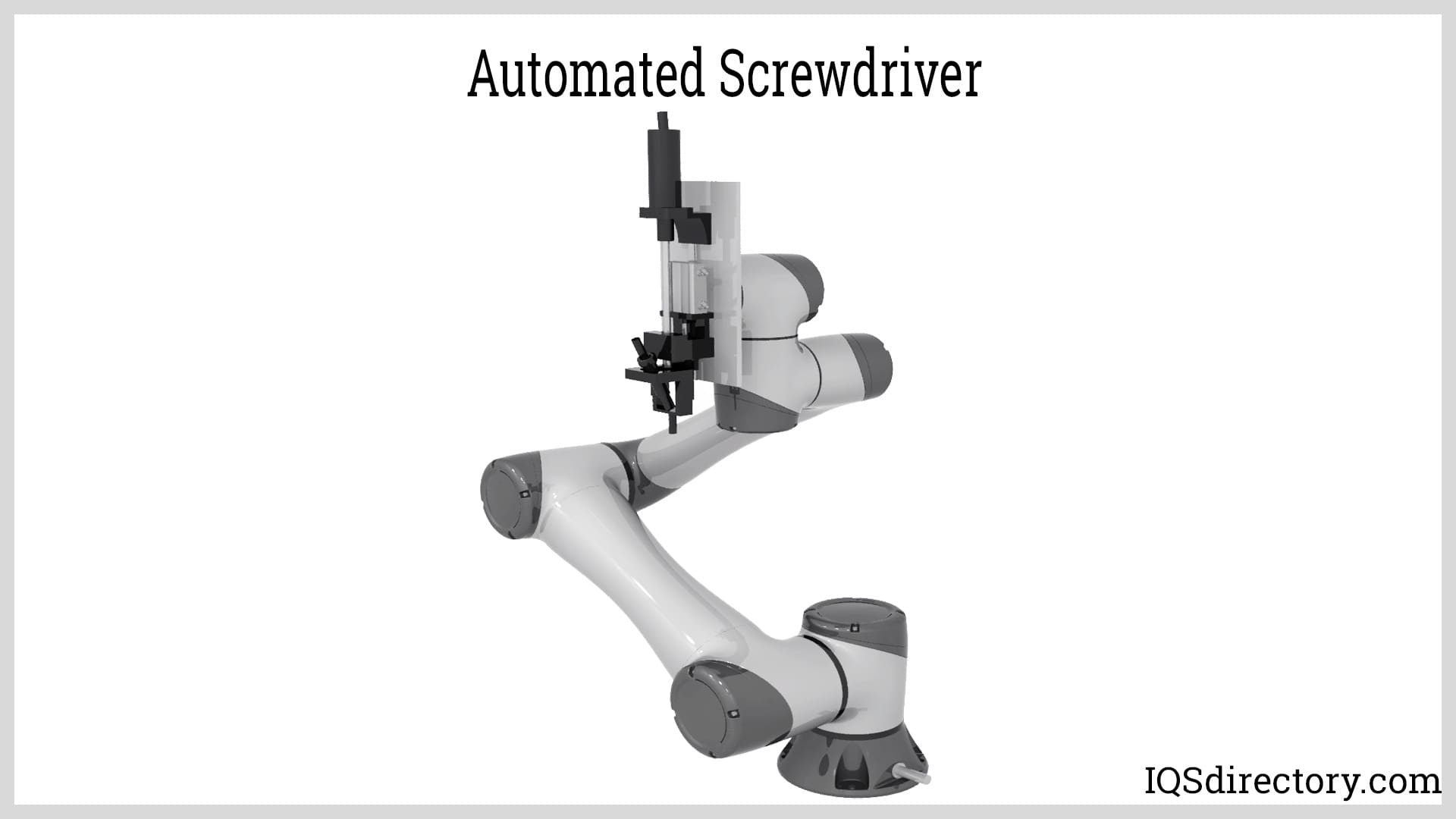
An automatic screwdriver is a piece of equipment that automatically inserts screws into a product during assembly and production. Since every production operation is unique and requires a...
Please fill out the following form to submit a Request for Quote to any of the following companies listed on
This article offers industry insights about automation systems with a primary focus on arms and actuators. Read further to learn more about:
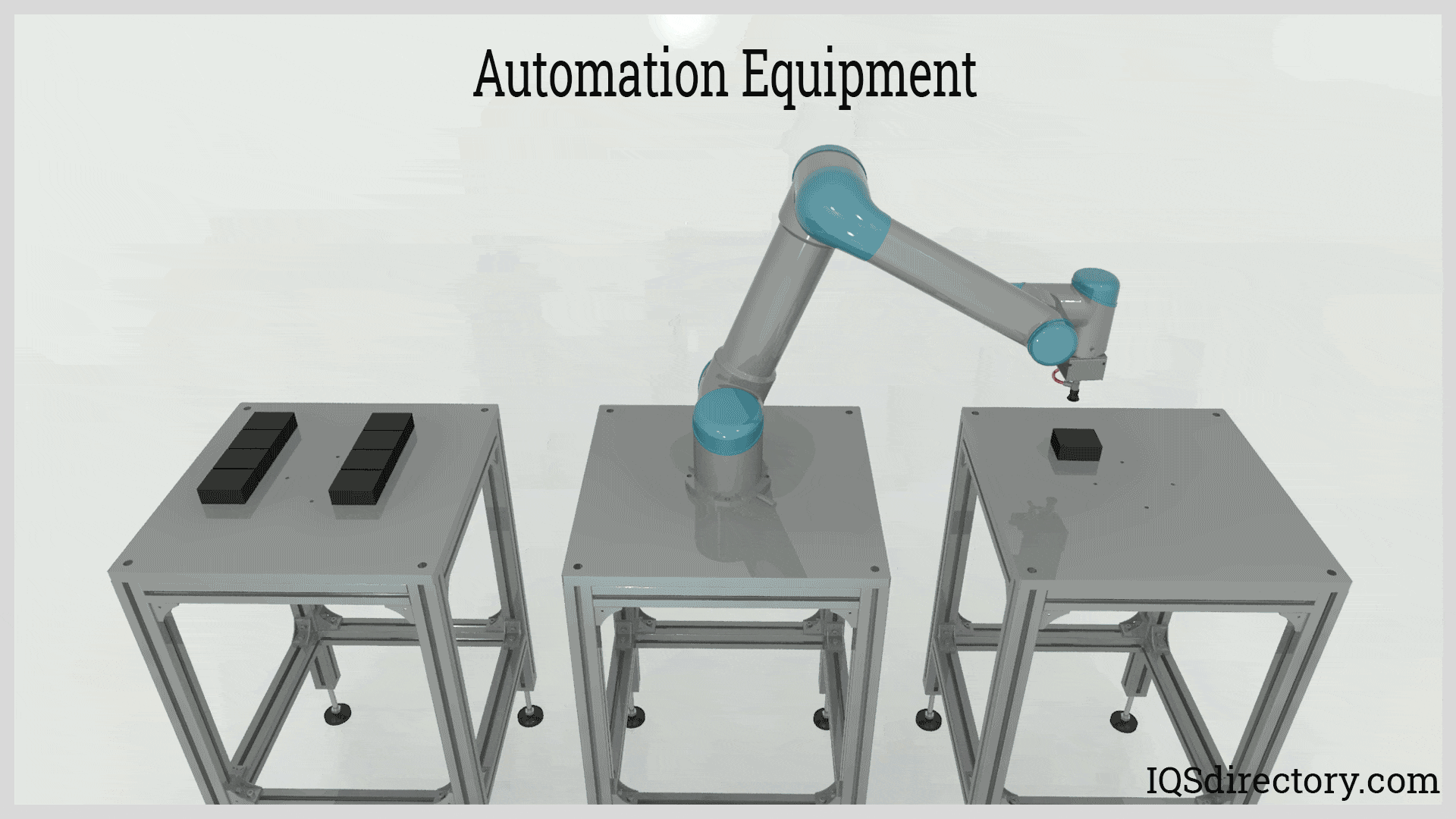
An automation system integrates sensors, control elements, and actuators to execute tasks with minimal or no human intervention. This cutting-edge technology is a part of the Mechatronics field, an interdisciplinary branch of engineering integrating mechanical, electrical, and electronic systems.
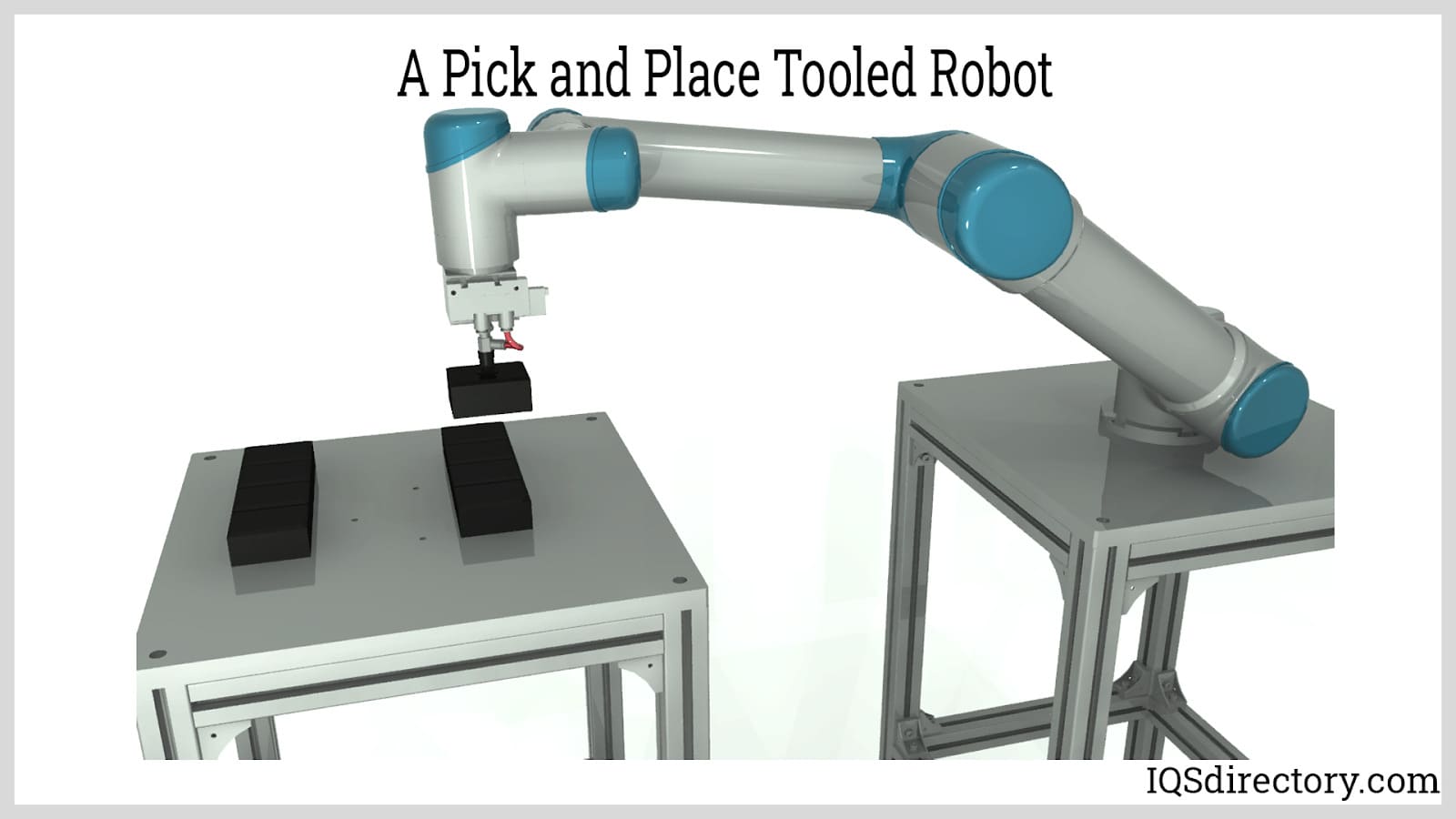
Generally, automation systems are derived from traditional manual operations such as drilling, cutting, and welding. These systems frequently employ robotic arms to manipulate the tools necessary for executing these tasks. In applications focused on process control, automation systems observe and modify process parameters by operating equipment like heaters, motors, pumps, and compressors, or by managing process routes with valves. Automation systems are available in a variety of configurations tailored for distinct tasks. Some prevalent applications include:
The primary goal of an automation system is to minimize human intervention, as human operators are susceptible to errors and fatigue, which can cause various issues. Implementing an automation system offers significant benefits, including increased profitability, higher production rates, enhanced safety, and improved quality. Below are the advantages and disadvantages of using automation systems:
More Consistent Production: Robotic systems, when designed correctly, can reduce the production time required by doing complicated movements efficiently. A higher production rate means a larger production volume and better profit. To achieve faster actions, there must be sufficient force supplied by the driver and the flow of movement of the links and joints must be smooth without any unnecessary transitions. Moreover, the processing speed of a computer is faster and more efficient than humans. Humans can indeed process more complex information than computers, but when human error, breaks, and sick days are taken into account, computers perform better.

Increased Repeatability: A production line is efficient because of the repeated sequence of movements that are somehow "programmed" to the operator performing the work. This requires minimal decision making where the actions are governed mostly by a predetermined, specific set of instructions. These repeated movements can be broken down into simple translations and rotations that can be programmed into a robot. Since the actuators are designed with a near-constant range of motion, repeatability is increased.
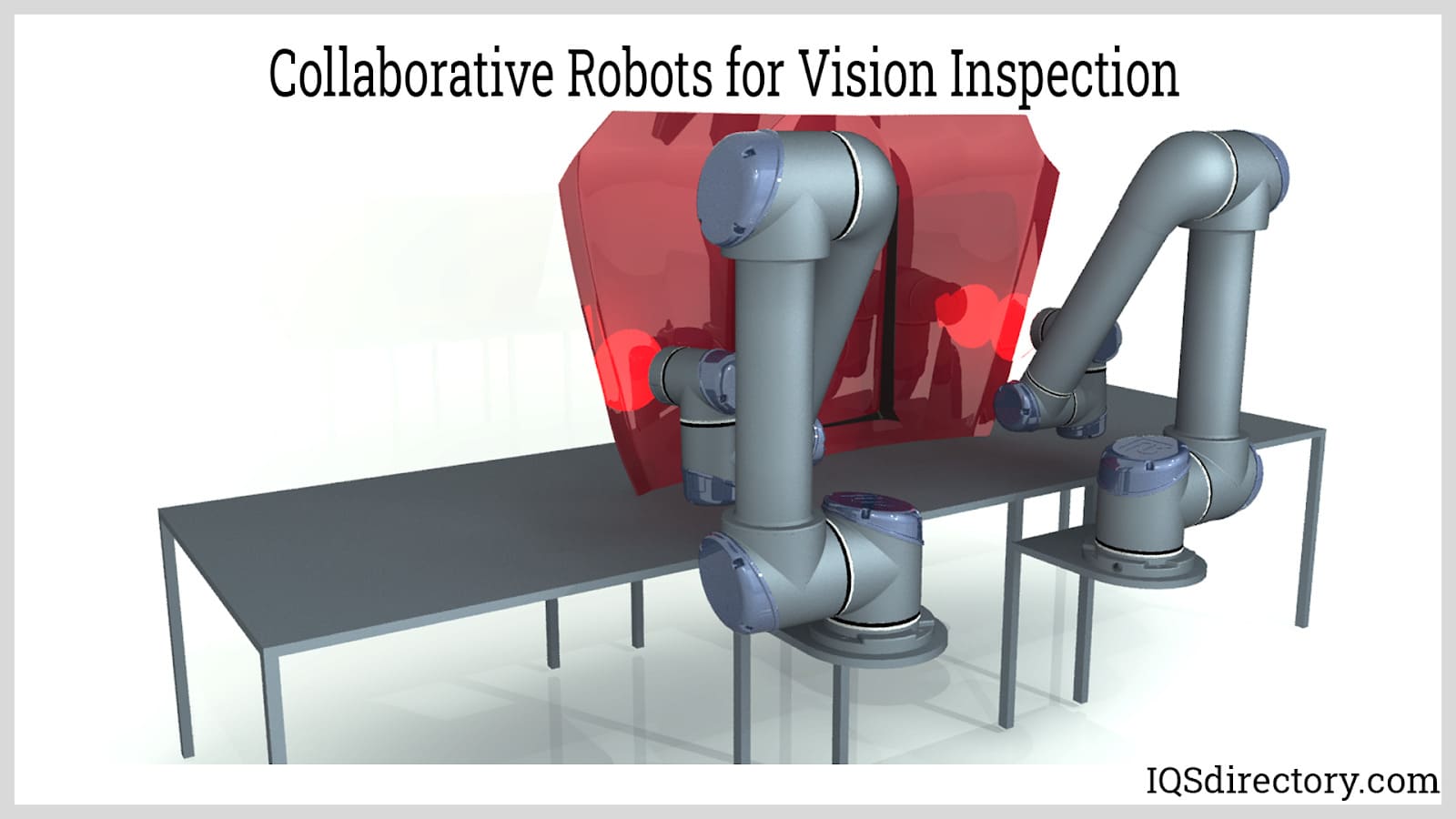
Precision and Accuracy: As mentioned earlier, the actuators are designed to perform movements with a constant range. The characteristics of an actuator‘s movement will not change unless there is a feedback signal or change in the control variables. The automation system can be calibrated to deliver the same output with minimal or no deviation.
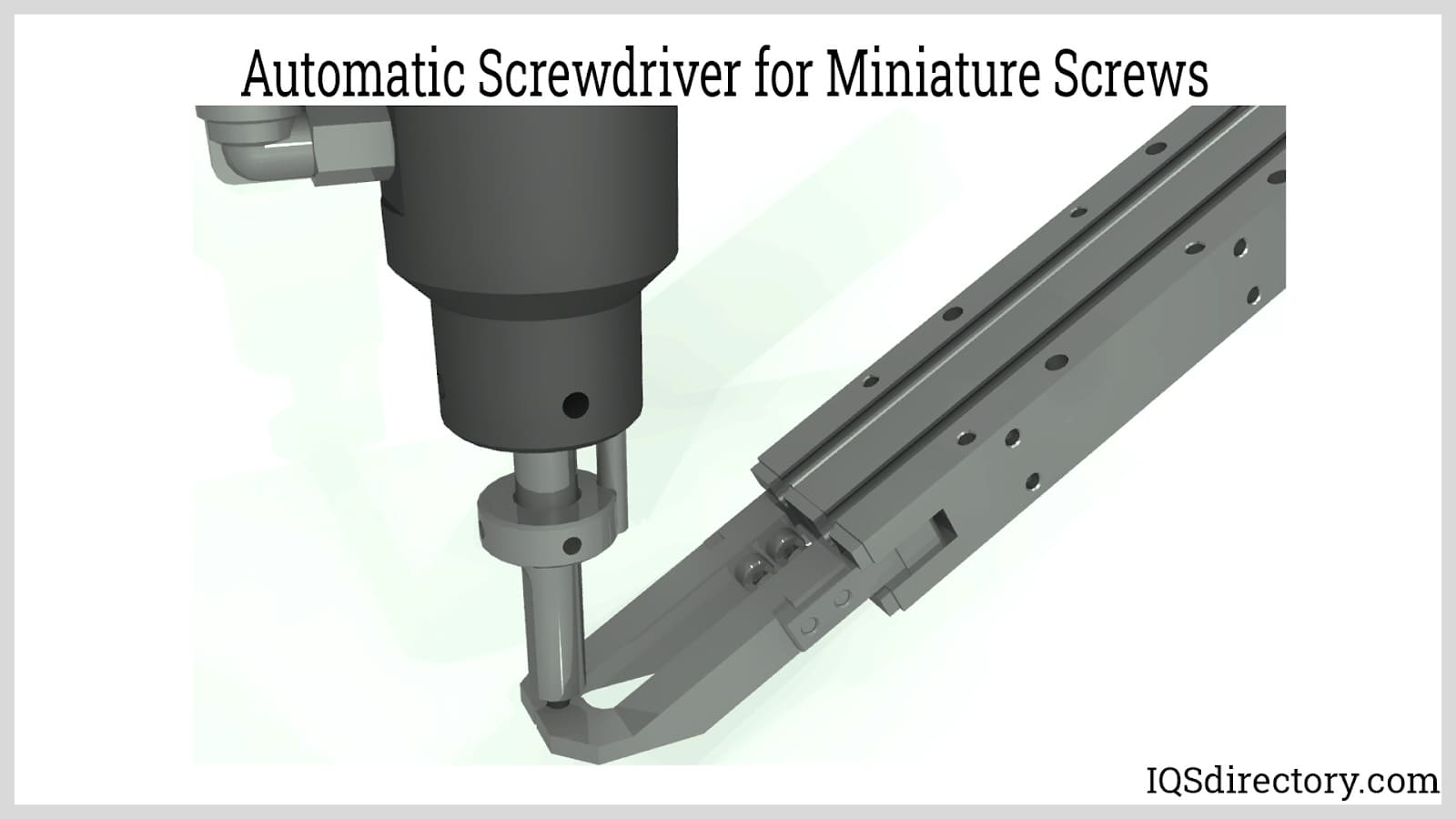
An automation system comprises a device that can receive input (such as from sensors or human-machine interfaces), a computing system (or processor), and manipulators (or actuators) that carry out the actual work. Among these components, the computing or control system is the most critical. It can be categorized into two types: open-loop and closed-loop (feedback) control. In an open-loop control system, the controller sends signals to the actuator based solely on the initial program, without considering the actual response. In contrast, a closed-loop system incorporates a feedback signal, which is generated by a sensor that measures the actuator's response, either directly or indirectly. This feedback is used by the controller to compare the actual output with the desired output, and adjustments are made to the signals sent to the actuator. This process repeats until the desired response is achieved.
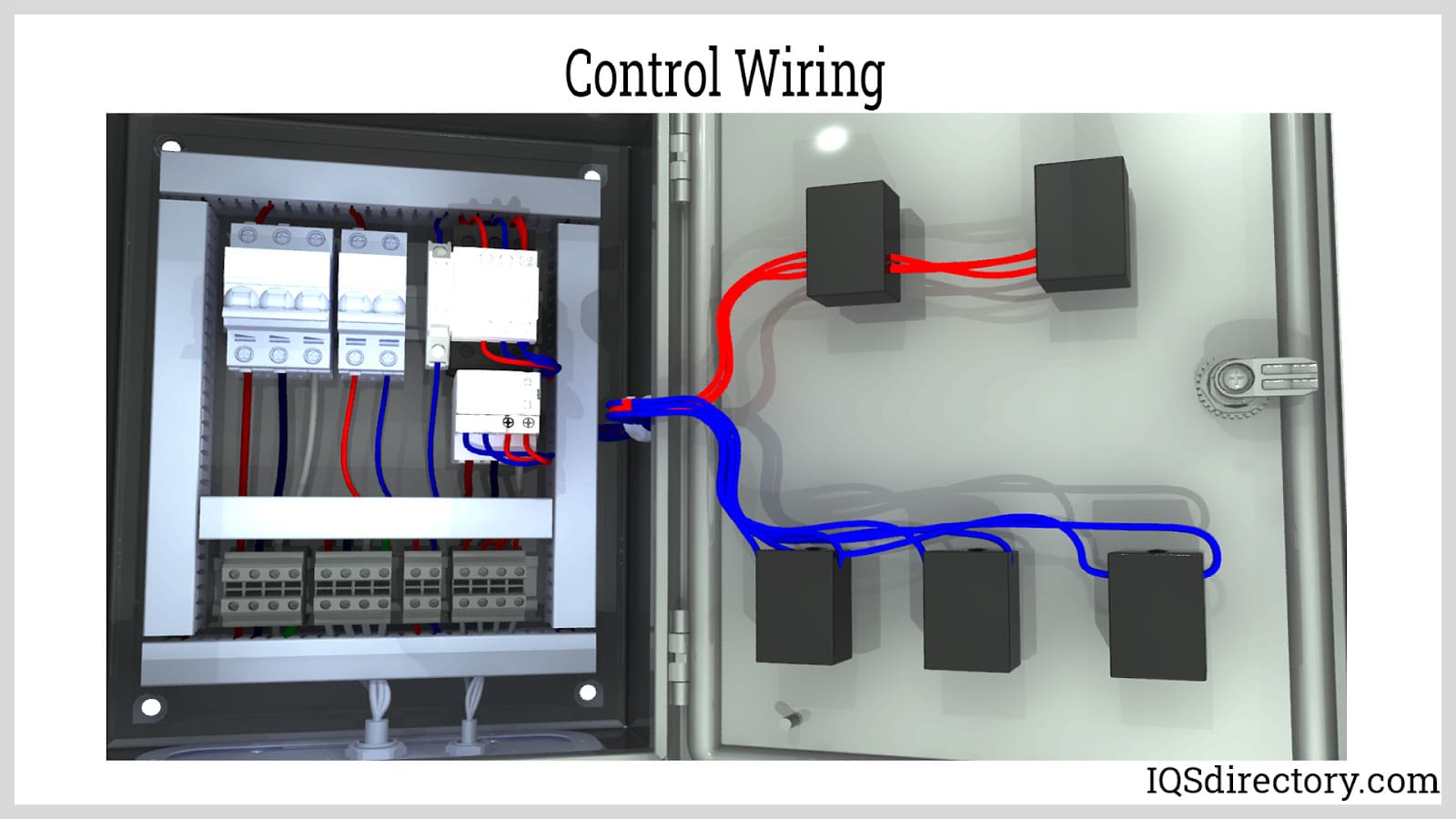
The input component can be either a human-machine interface or a sensor. The human-machine interface is where the human operator interacts with the controller, entering variables or commands to adjust the desired output. A sensor, on the other hand, measures the output using various physical or electromagnetic properties such as pressure, temperature, magnetism, or radiation. The sensor converts the measured physical property into an electronic signal, which is then interpreted and utilized by the controller.
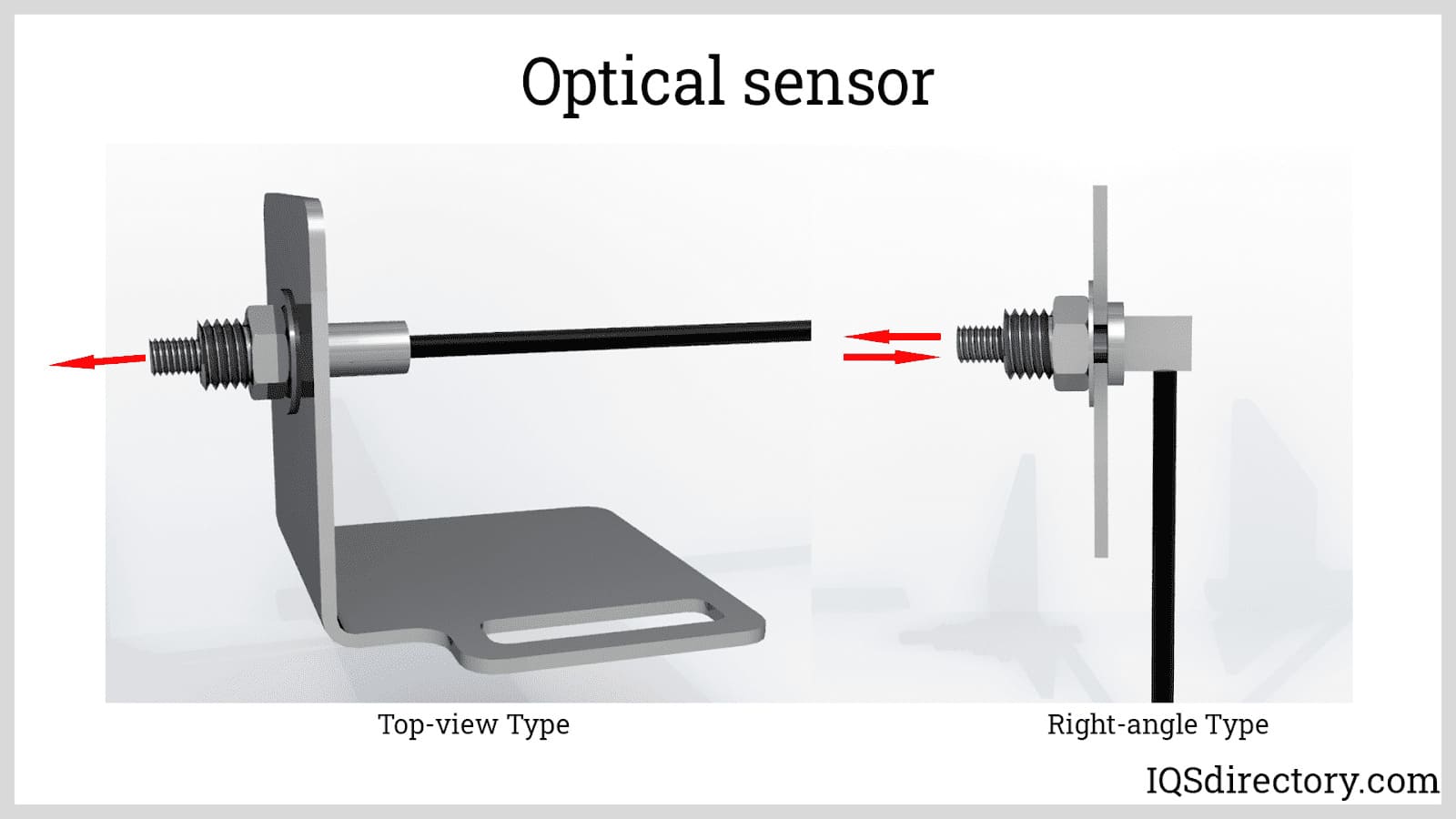
The actuator is the part that produces the actions. The actuator is composed of a driver and an assembly of joints and links. The driver provides the required force or torque used to move the links connected by joints. Drivers can be considered as electric, hydraulic, or pneumatic. Electric actuators are motors or solenoids that convert electrical energy into a mechanical output. Hydraulic and pneumatic systems operate using fluid pressure compressed on pistons, cylinders, vanes, or lobes. These systems, in their most basic concept, can be considered electric as well since the fluid is controlled by the opening and closing of solenoid valves.
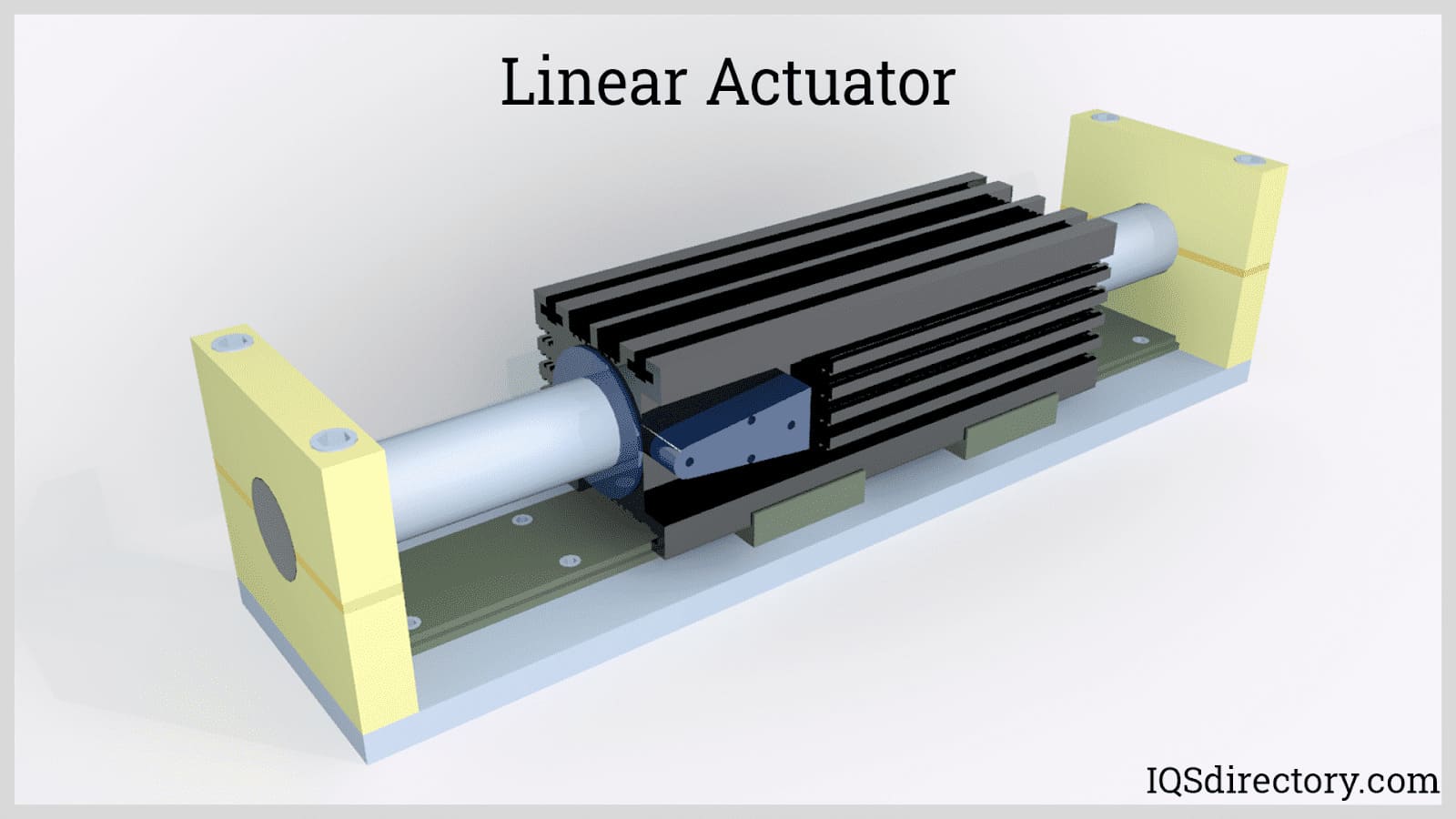
The links in a mechanical system can move relative to each other based on the degrees of freedom provided by the joint. Degrees of freedom refer to the types of movement allowed for the links in three-dimensional space. There are six degrees of freedom: three for translation (up and down, left and right, forward and backward) and three for rotation (pitch, yaw, and roll). For simplicity, most joints are designed to allow only one or two degrees of freedom, as creating a highly movable arm can be complex, costly, and impractical.
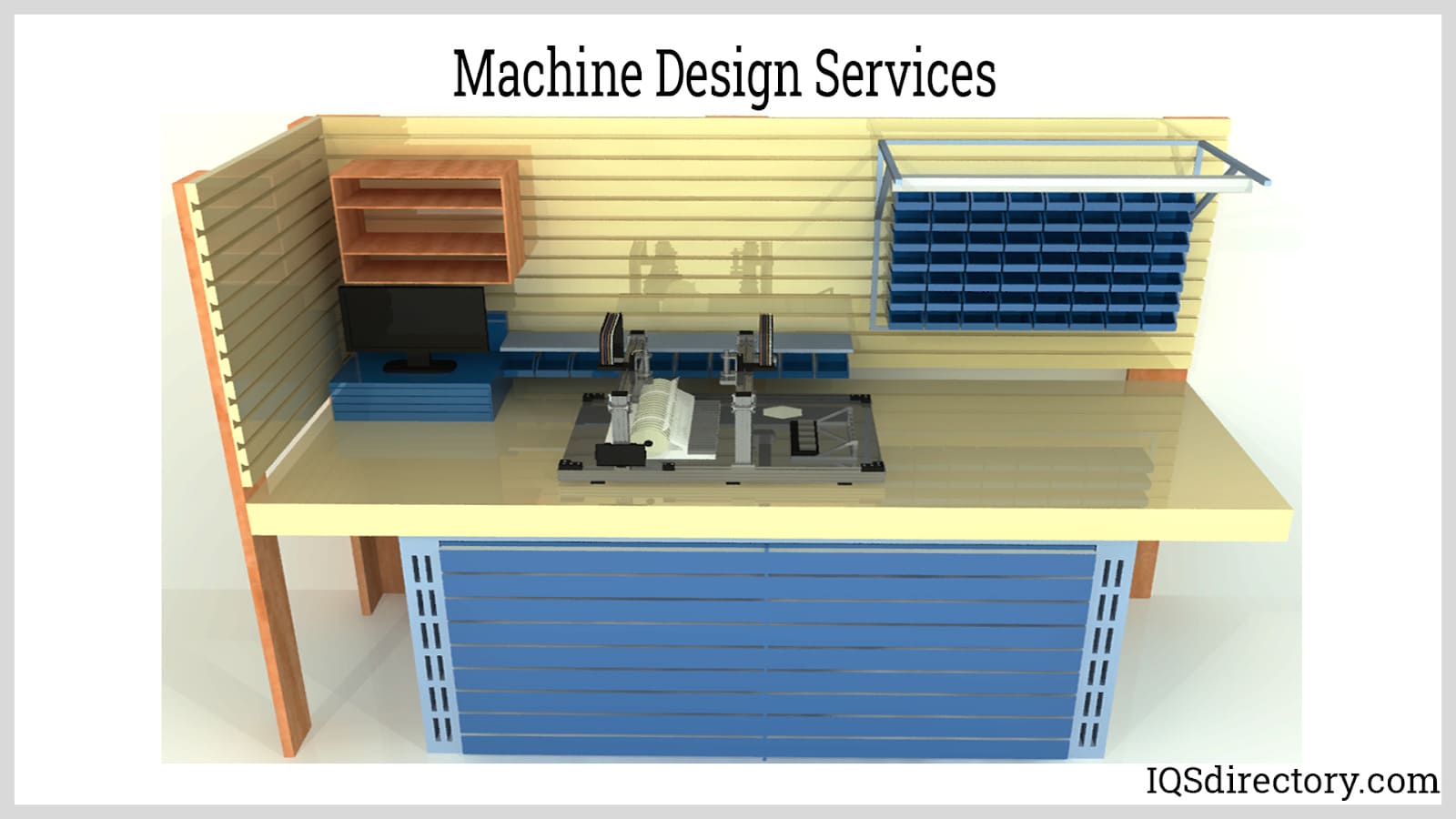
The arm is the part of the system where end-of-arm tools are mounted. It consists of an assembly of links and joints, each with a fixed range of motion. A link is typically a rigid component designed to transfer force. These links are connected by joints, which are categorized into revolute or prismatic types. Revolute joints enable rotational movement, while prismatic joints allow for translational movement. The combination of these links and joints determines the degrees of freedom or range of motion of the arm. Arm configurations can be classified as follows:
Cartesian Robot: A Cartesian robot is composed of three prismatic joints. The name Cartesian is derived from the three-dimensional Cartesian coordinate system which consists of X, Y, and Z axes. This is the simplest system since it is easy to calculate the movements needed to manipulate the end effector from one place to another. This is suitable for applications that only require movement at right angles without the need for end effector rotation. An example of a Cartesian robot is a gantry machine.

Polar Robotic Arm: This type is also known as spherical robots. Its range of movement can be visualized as a sphere with the radius having the length of the link connecting the second revolute joint and the end effector. This link is allowed to be extended using a prismatic joint. Thus, this robotic arm is composed of two revolute joints and one prismatic joint.
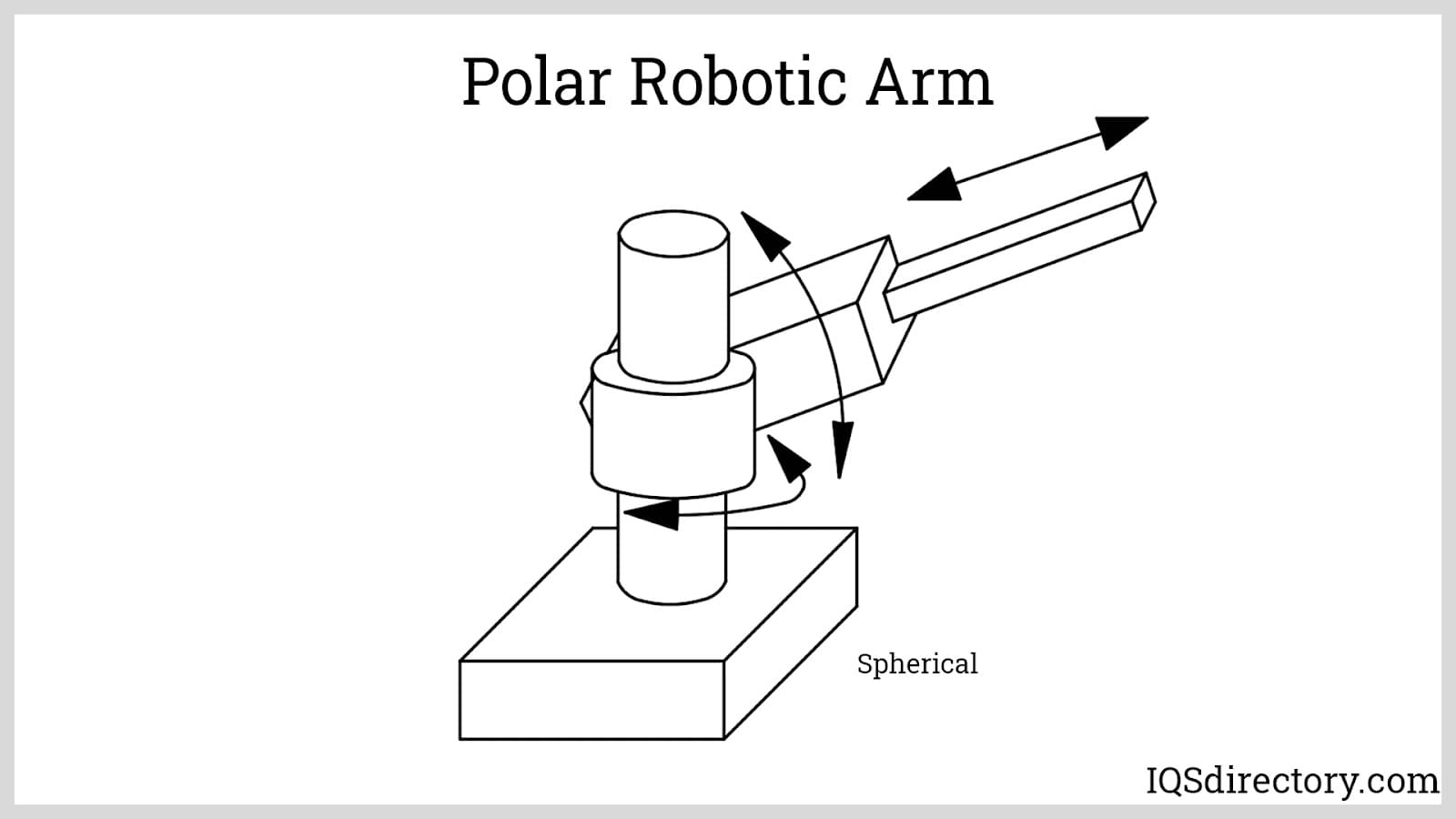
Cylindrical Robotic Arm: This type of robotic arm consists of one revolute joint and two prismatic joints. The revolute joint is located at the base of the arm. This joint allows rotation of the links about its axis. This forms a cylindrical range of motion. The prismatic joints can extend which can be visualized as changing the height and radius of the cylinder.
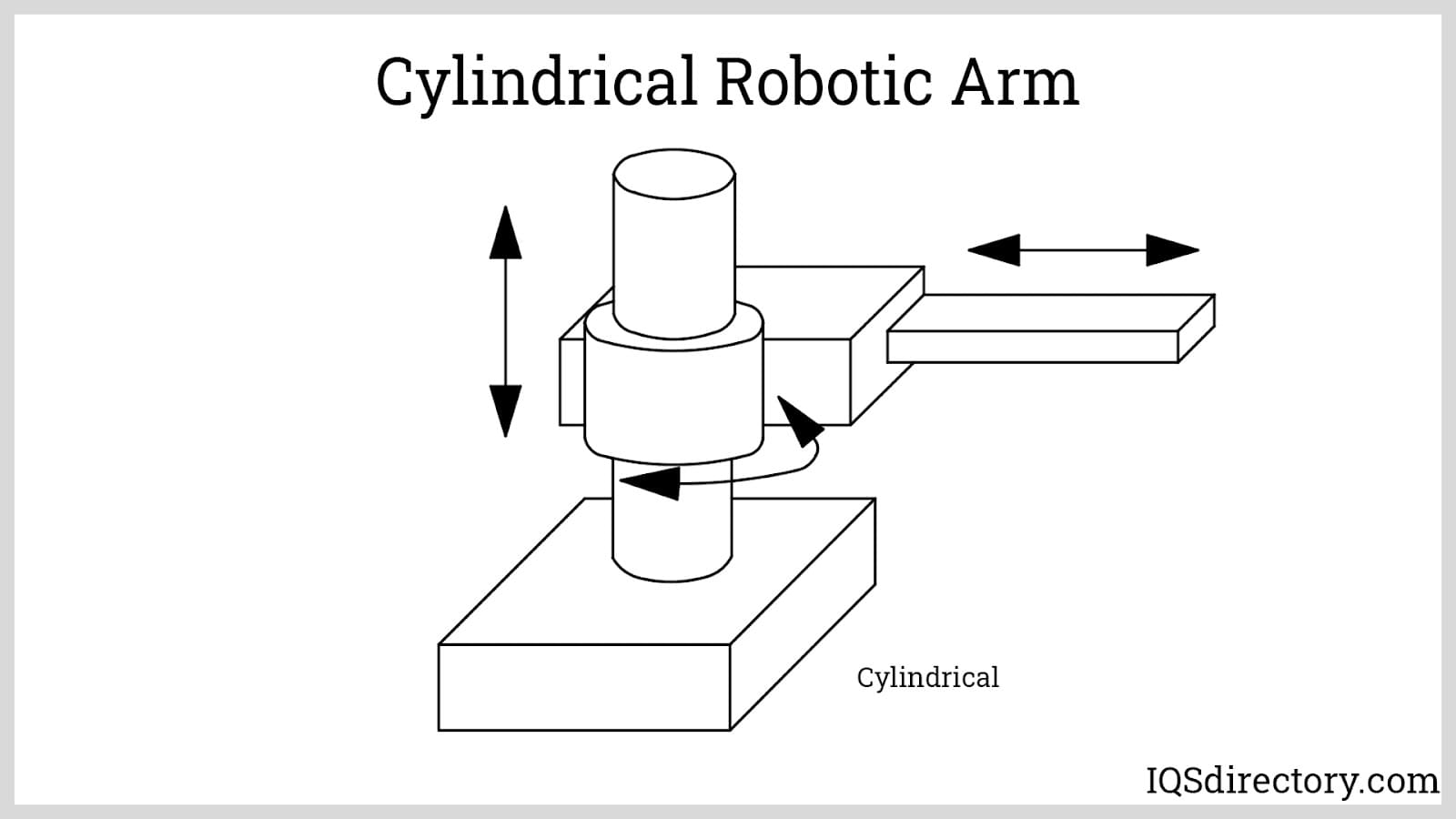
Selective Compliant Articulated Robot Arm (SCARA): A SCARA is a robot that consists of an arm that is compliant or flexible horizontally in the X-Y plane but rigid vertically or in the Z-axis. This describes its "Selective Compliant" characteristic. Its "Articulated Robot Arm" is similar to a human arm composed of two links attached by a joint at their ends. This allows the robotic arm to extend or fold.
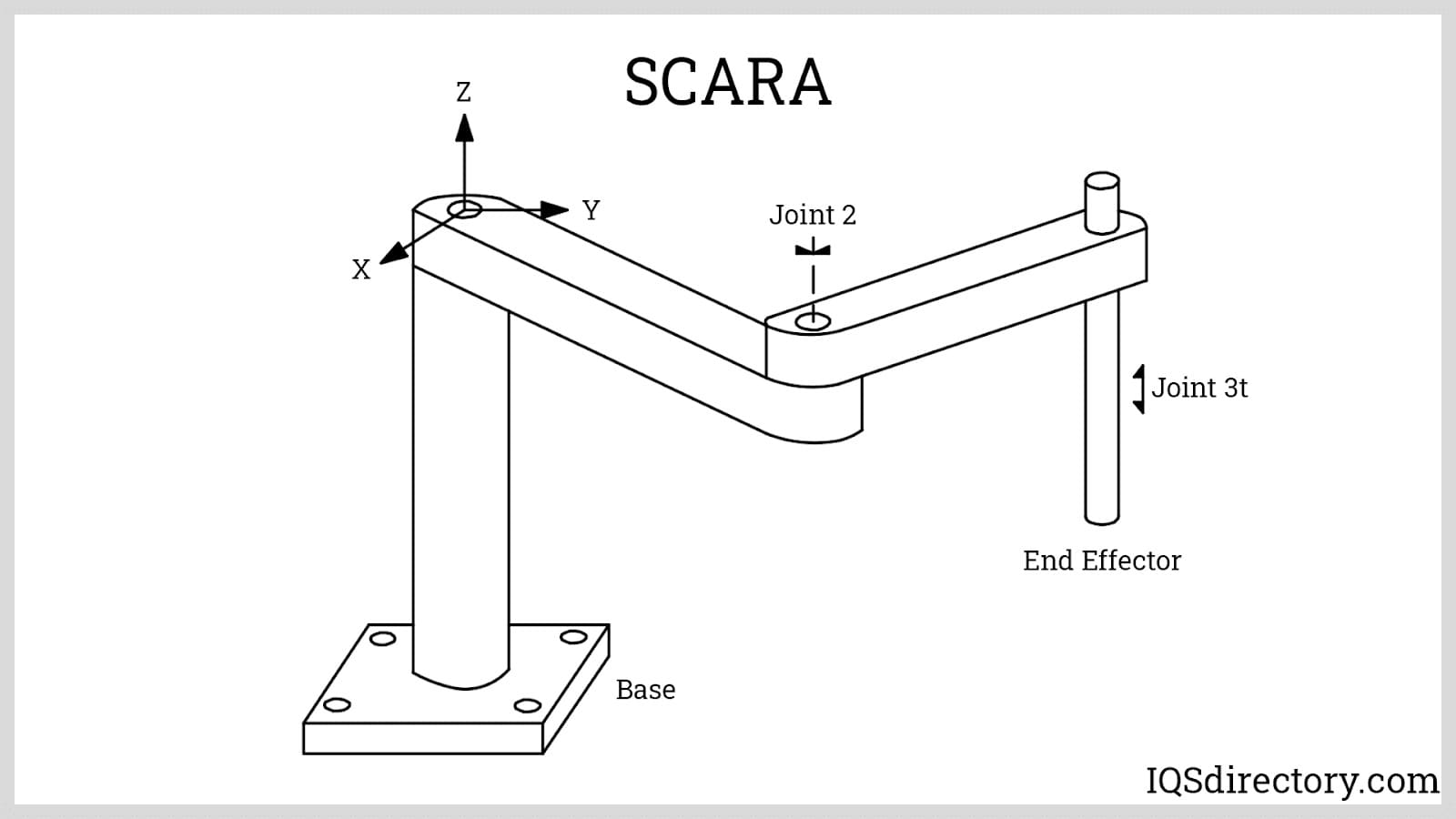
Articulated or Anthropomorphic Robot: This robot adds two more degrees of freedom to the end effector, in contrast with SCARA robots. Articulated robots have arms that are connected by a revolute joint at one end, similar to SCARA. However, they do not have a vertical linear guide. Rather, one arm is mounted into a swivel joint with a fixed base which allows more flexible movement.
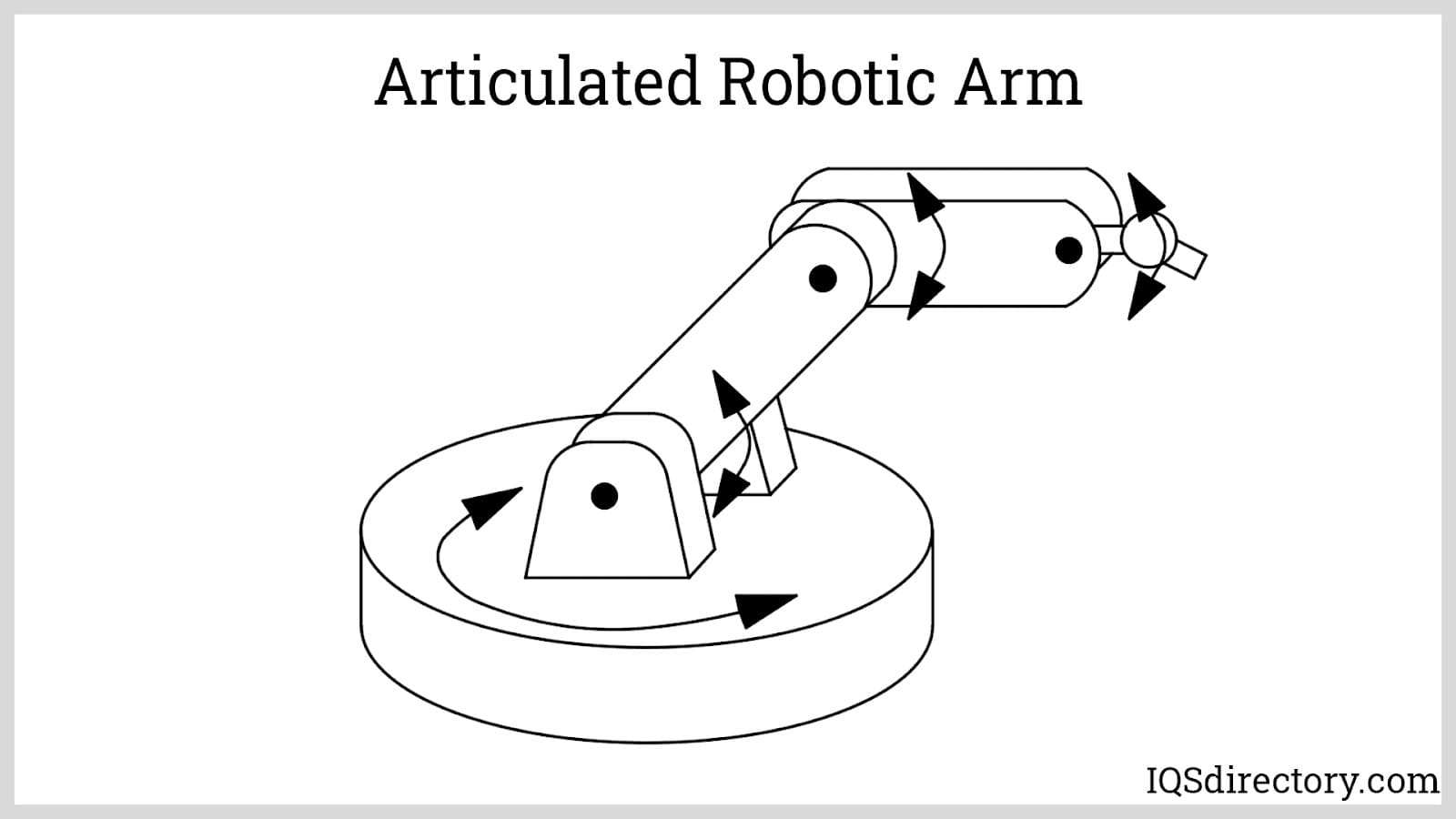
End-of-arm tools (EOATs), also known as end effectors, are the components designed to interact with products or processes. Most EOATs are grippers, which handle objects by lifting, dropping, transferring, or reorienting them. Grippers can employ various methods for handling objects and are classified as impactive (mechanical jaws), ingressive (needles), astrictive (vacuum and magnetism), and contigutive (adhesion). Additionally, EOATs can be customized for specific tasks such as milling or welding.
Mechanical Grippers: These are used for basic pick-and-place robotic systems. Grippers have one to three sets of mechanical jaws that are driven typically by servo motors or pneumatic actuators. These jaws are composed of one line which is connected to the wrist by a revolute or prismatic joint. To control the gripping force when using servo motors, feedback is generated by strain gauges or the motor current. For grippers using pneumatic actuators, the gripping force can be increased without damaging the item due to the inherent compressibility of air. The jaws can be constructed as forks, fingers, parallel plates, or surfaces following the shape of the payload. A better grip is achieved by lining the surfaces with resilient, high friction materials.
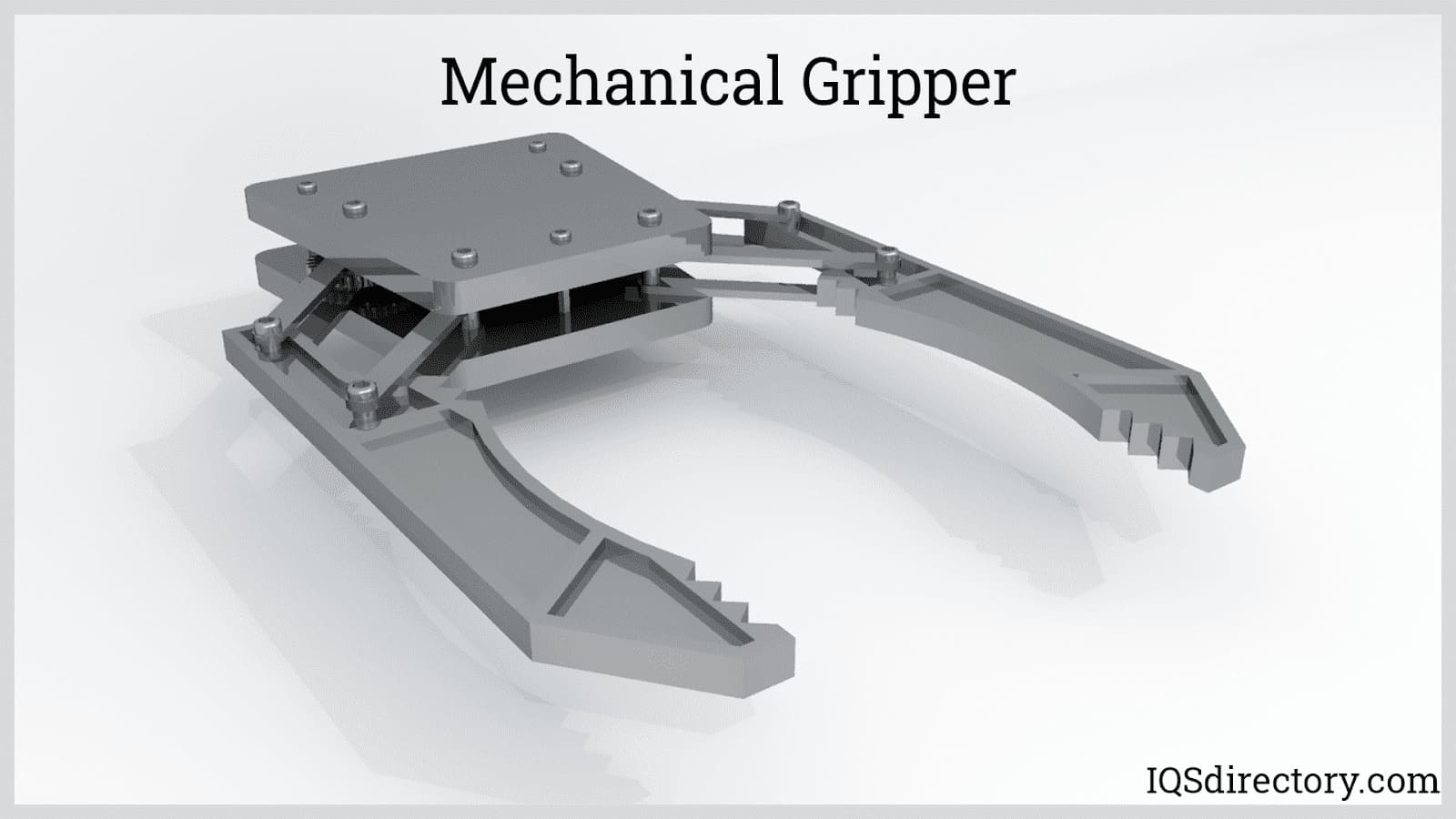
Vacuum or Suction Cups: These are used for picking objects with smooth surfaces such as films, glass, and plates. A common way of producing a vacuum is through the use of a venturi supplied with compressed air. To create a larger suction force, an array of suction cups is used. Vacuum EOATs are cleaner than mechanical grippers and can allow some positional deviation. This type of EOAT is not suitable for rough, porous, or irregular surfaces. Moreover, the object can slip out of the suction cup when accelerated too quickly.
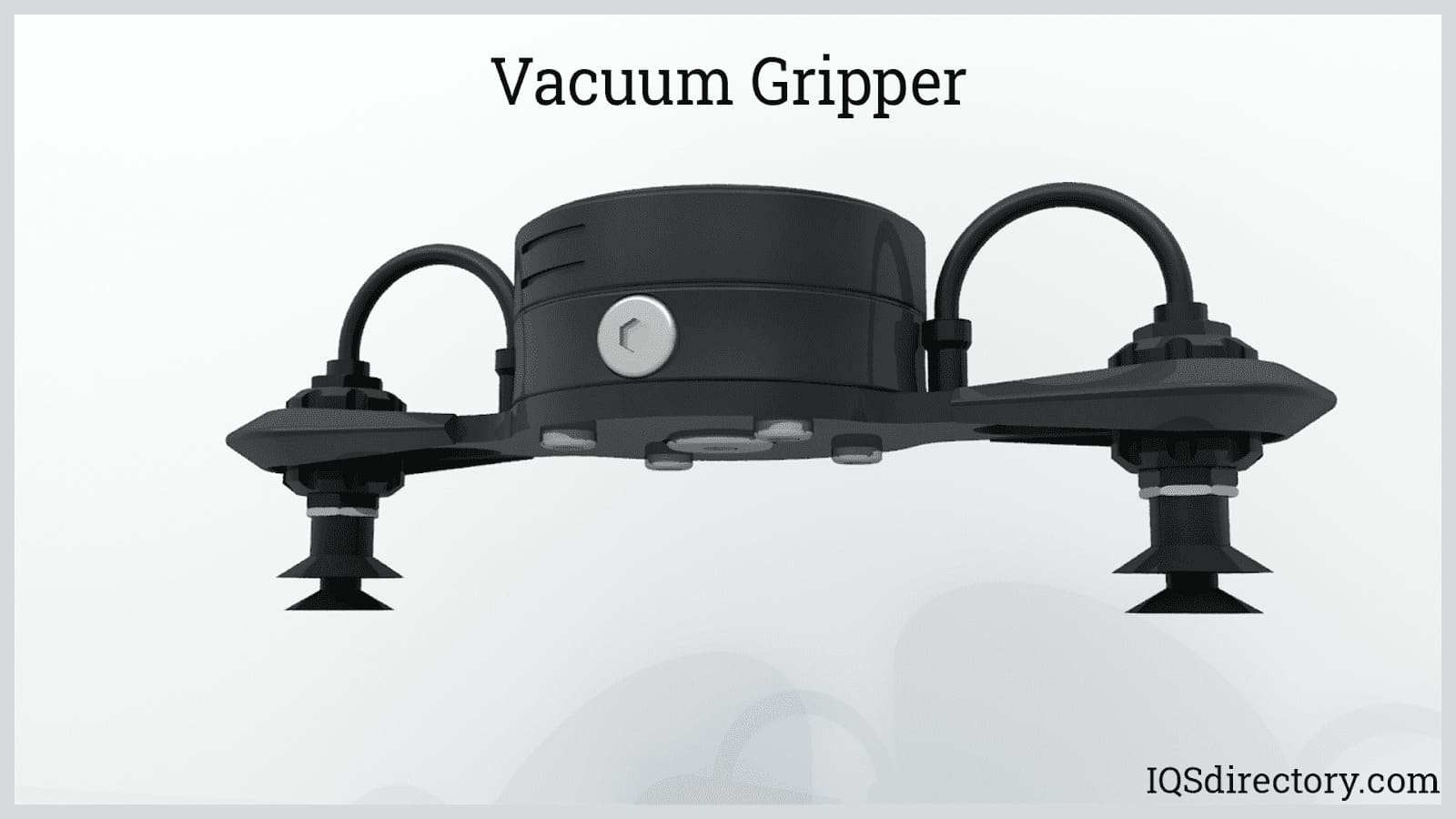
Magnetic Grippers: These types of EOATs use electromagnets for lifting ferromagnetic objects. Permanent magnets are also used since it does not continuously consume power. However, it needs a mechanical device for removing the collected object. Electromagnets are preferred due to their simple operation since the object can be lifted or dropped simply by supplying or cutting power to the electromagnet. However, aside from the limitation of its use on ferromagnetic materials, it also causes the parts to be magnetic. Also, it cannot be accelerated too quickly since the attached object can slip.
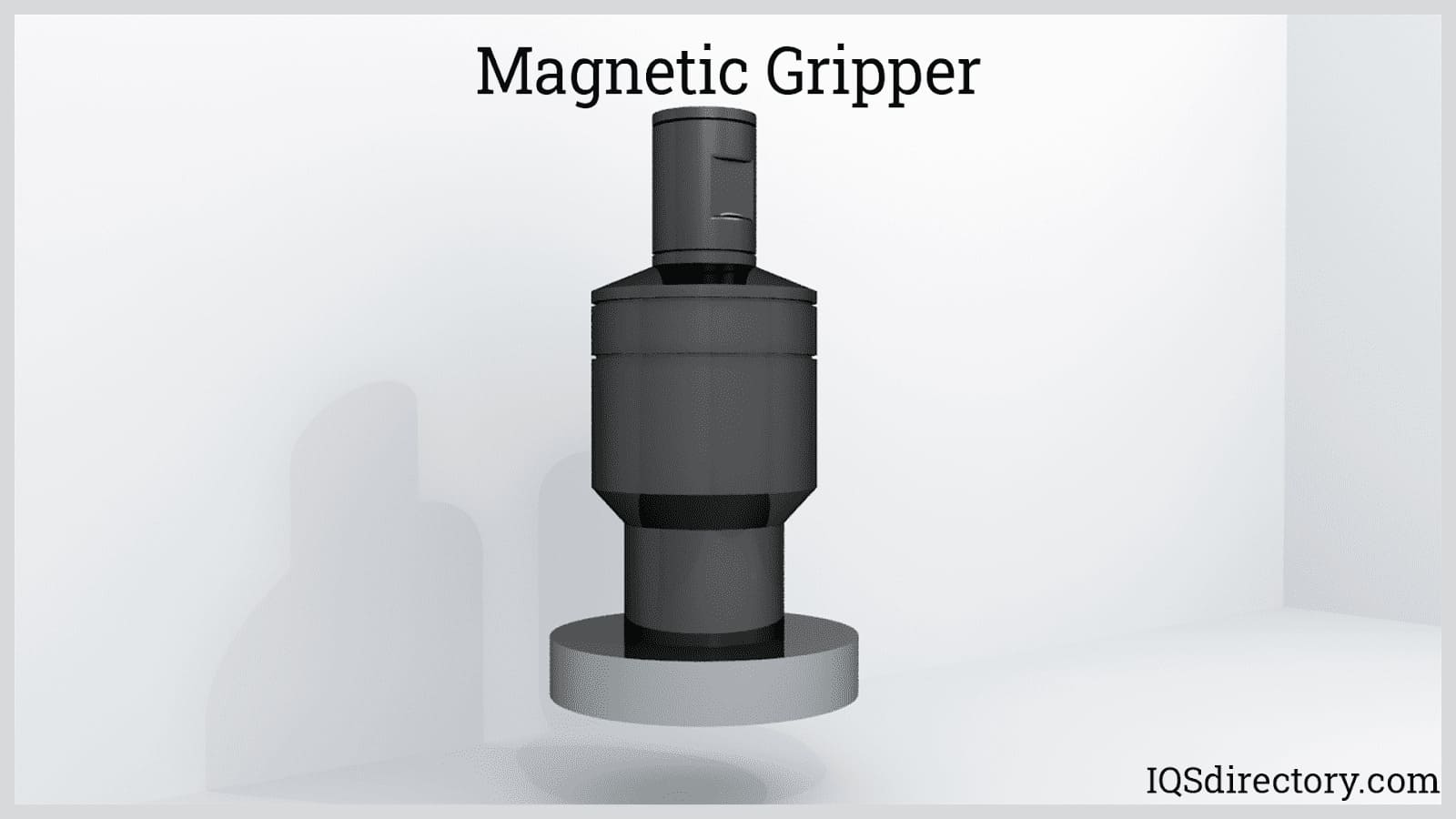
Inflatable Collars and Cylinders: An inflatable collar can be visualized as a looped elastomer tube supported by a rigid structure on its outer periphery. It grips the object by expanding the tube while releasing, which is done by deflating. These are commonly used in the two-dimensional gripping of tubular or cylindrical products.
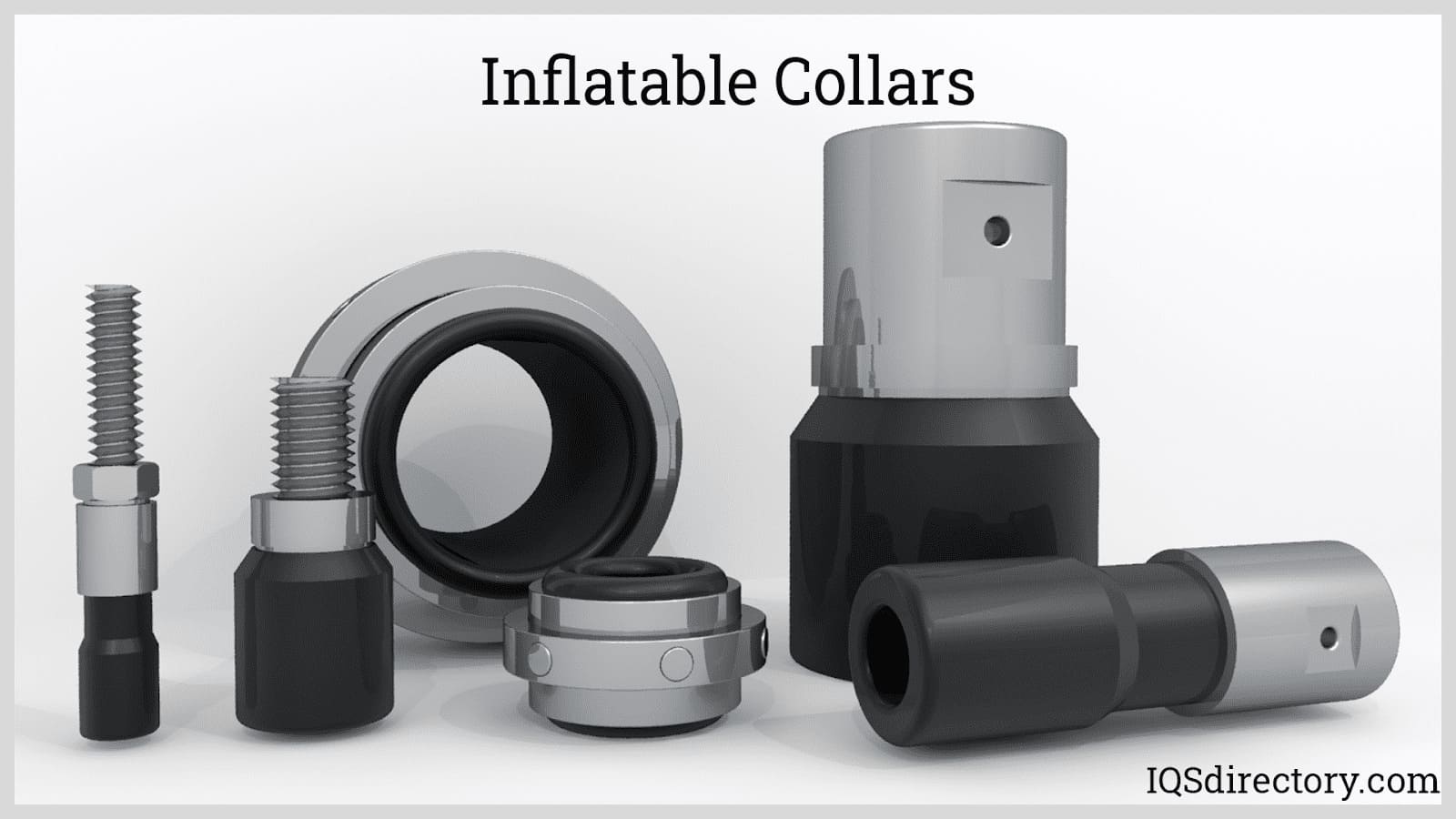
Needle Grippers: These types perform gripping action by penetrating the object or bulk with needles or hackles. These EOATs are usually static without any moving links of joints. Needle grippers are used in handling porous or fibrous objects such as textiles, carbon and glass fibers where small penetrations are not an issue.
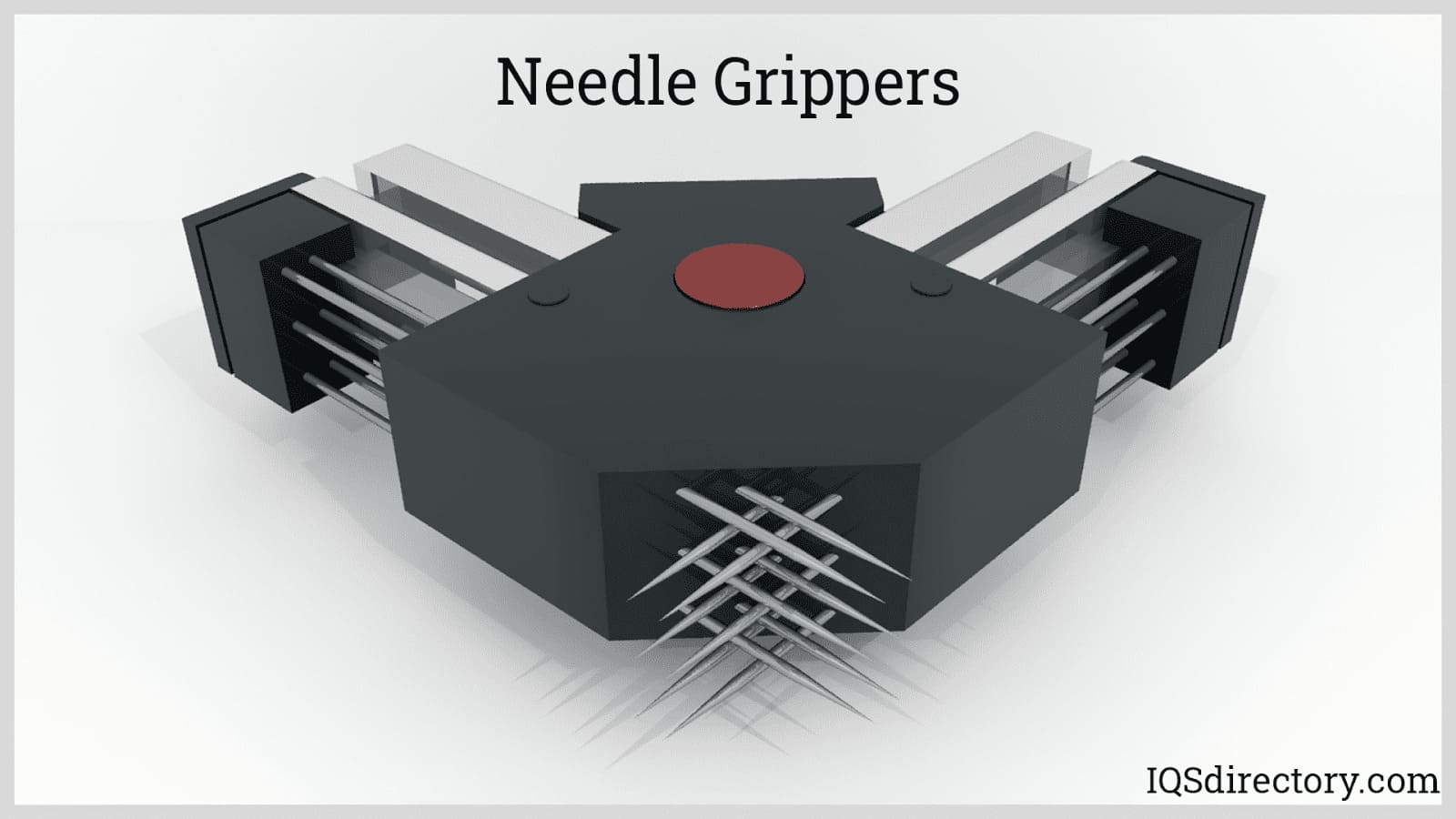
Adhesive Grippers: As the name suggests, these types of grippers grasp the product through surface adhesion. A special type of adhesive is coated onto the surface of a pad or plate which contacts the product to be lifted. The main advantage of adhesive grippers is their ability to operate without any air or power supply. However, they are limited to handling light objects and they tend to lose gripping effectiveness over time.
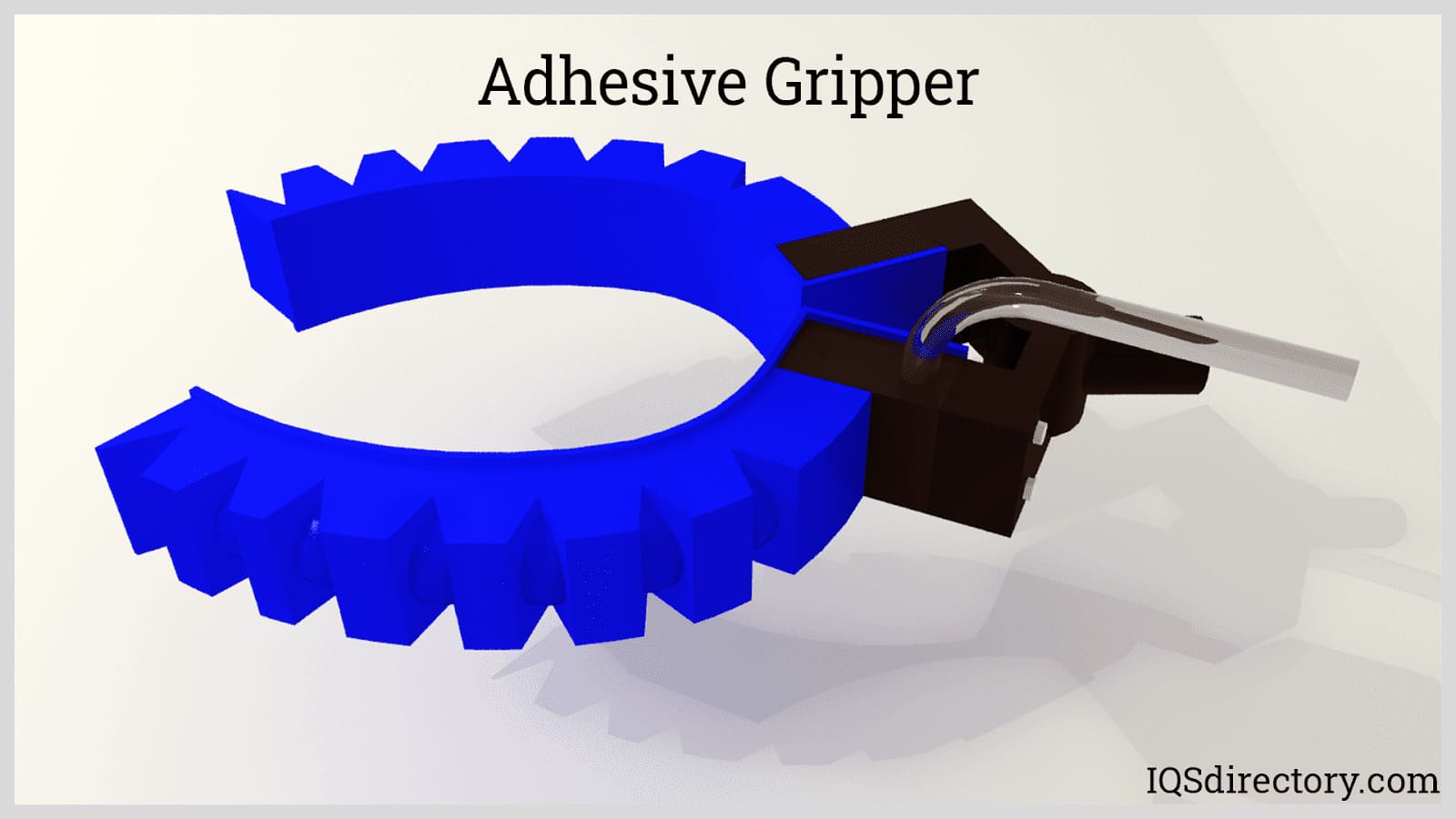
Tools (Permanent and Changeable): Tools can be fitted at the outermost link of the wrist instead of a gripper. The tool can be permanently attached or changeable. Common tools for end effectors are screwdrivers, wrenches, drills, rotating cutters, lasers, waterjet nozzles, paint spray nozzles, welding electrodes, and solders. Other specialized end effectors include inspection systems with mounted sensors. An example of this is a camera or other type of optical device which is used for non-contact testing and 3D measurements. The resulting measurements are exact in the order of tenths of a millimeter due to the intrinsic repeatability, precision, and accuracy of robotic systems.
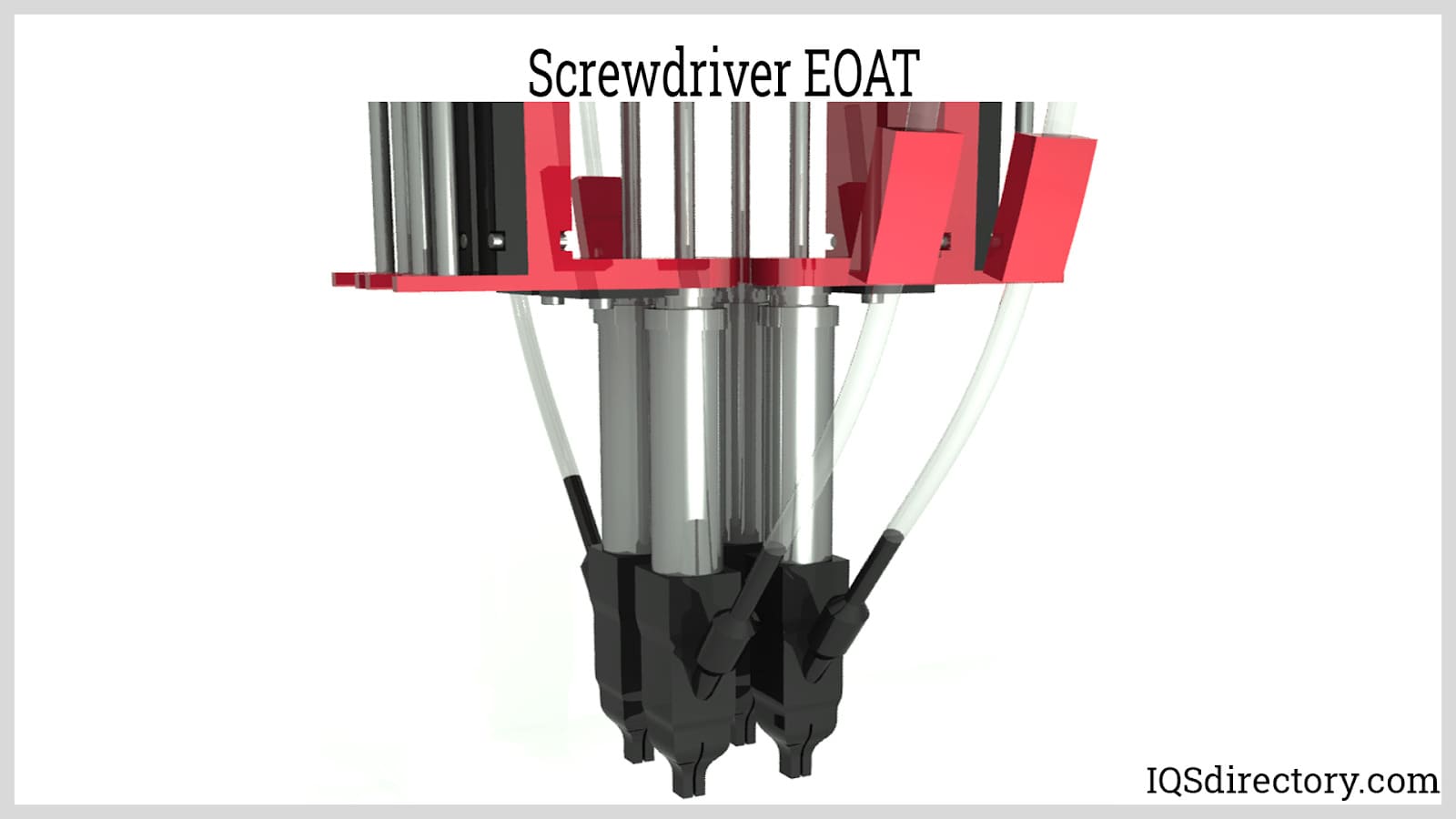
Existing tools installed to the robotic arm can also be changed over time due to modifications brought about by new product requirements, system improvements, or part obsolescence. In deciding whether the new tool is applicable, several factors must be verified:
Anthropomorphic and Adaptive Grippers: In comparison with mechanical grippers, anthropomorphic grippers have more complicated links and joints. Mechanical grippers typically have one link connected to the wrist by a revolute or prismatic joint. Anthropomorphic grippers, on the other hand, have two or more links chained together by revolute joints. They can be configured to provide two- or three-dimensional gripping by having two or three sets of fingers. To be adaptive, each finger is actuated independently with mounted sensors for checking proximity and grip strength. Anthropomorphic and adaptive grippers are useful in applications where the objects are frequently varying such as in sorting and multiple product line packaging systems.
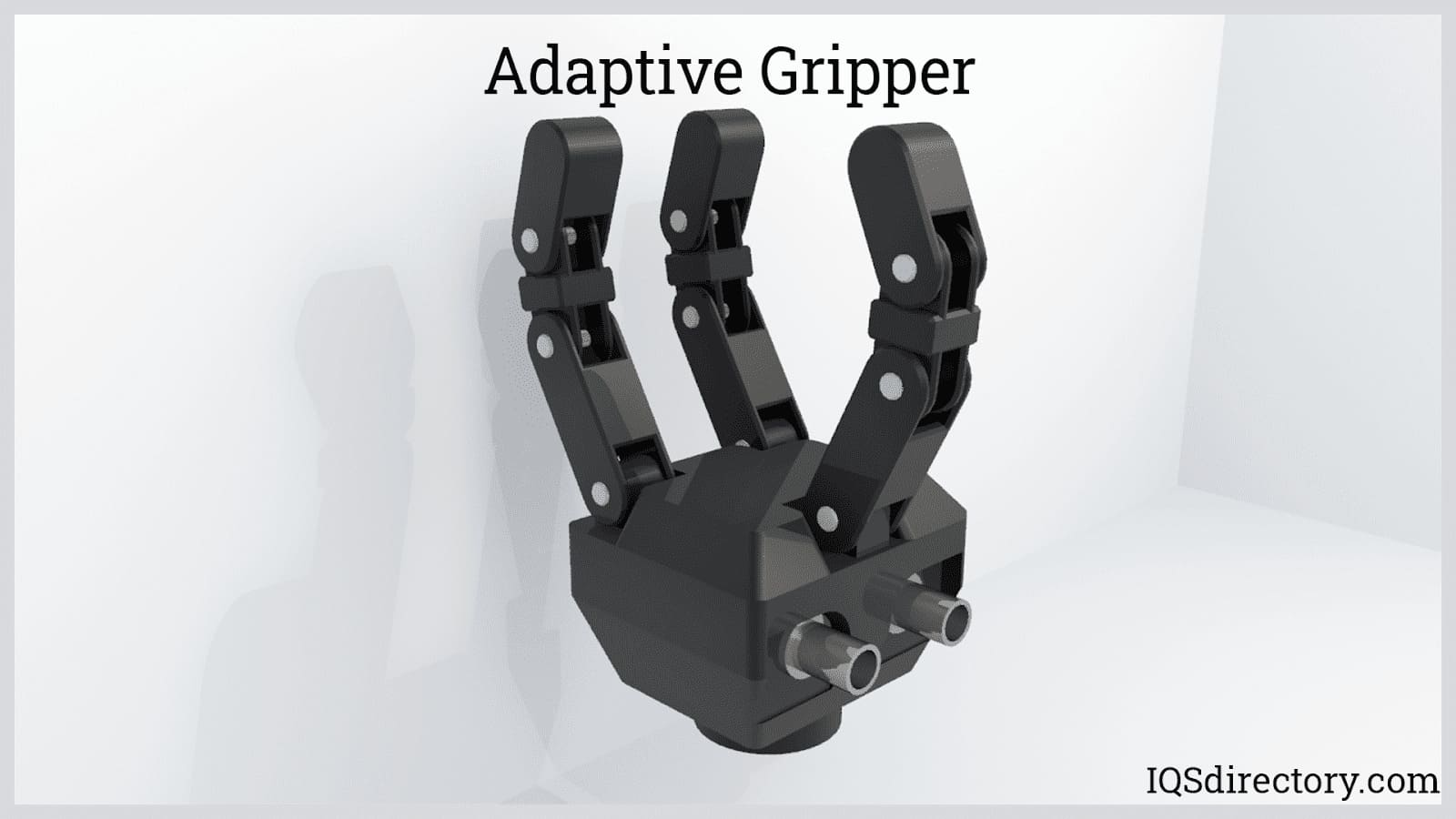
Actuators are components that supply force or torque to produce movement. They are connected to the links and joints via tendons, gears, chains, cams, or shafts, forming the core actuation system. Actuators are typically classified into three types: electric, hydraulic, and pneumatic.
Electric Actuators: Electric actuators are the most widely used actuators for industrial robots. The most common type of electric actuator is a servo motor energized by a DC power supply. The rotational movement of the motor can be converted into linear action by various mechanical transmission systems such as belts, cables, and chains. Electric actuators that create direct linear motion also exist in the form of linear motors and solenoids. The main types of electric actuators are summarized below:
Servo motors: This type of electric actuator operates through a closed-loop or feedback system which processes an output signal to control its position, velocity, and acceleration. The motors used in the servomechanism can be a brushed DC motor, brushless DC motor, AC motors, and even linear motors. The servomechanism has a sensor, transducer, or potentiometer called an encoder that measures the position and speed of the motor and converts it into an electronic signal. The signal, either digital or analog, is fed to an amplifier and controller which then alters the voltage or frequency of the electric power supplied to the motor.
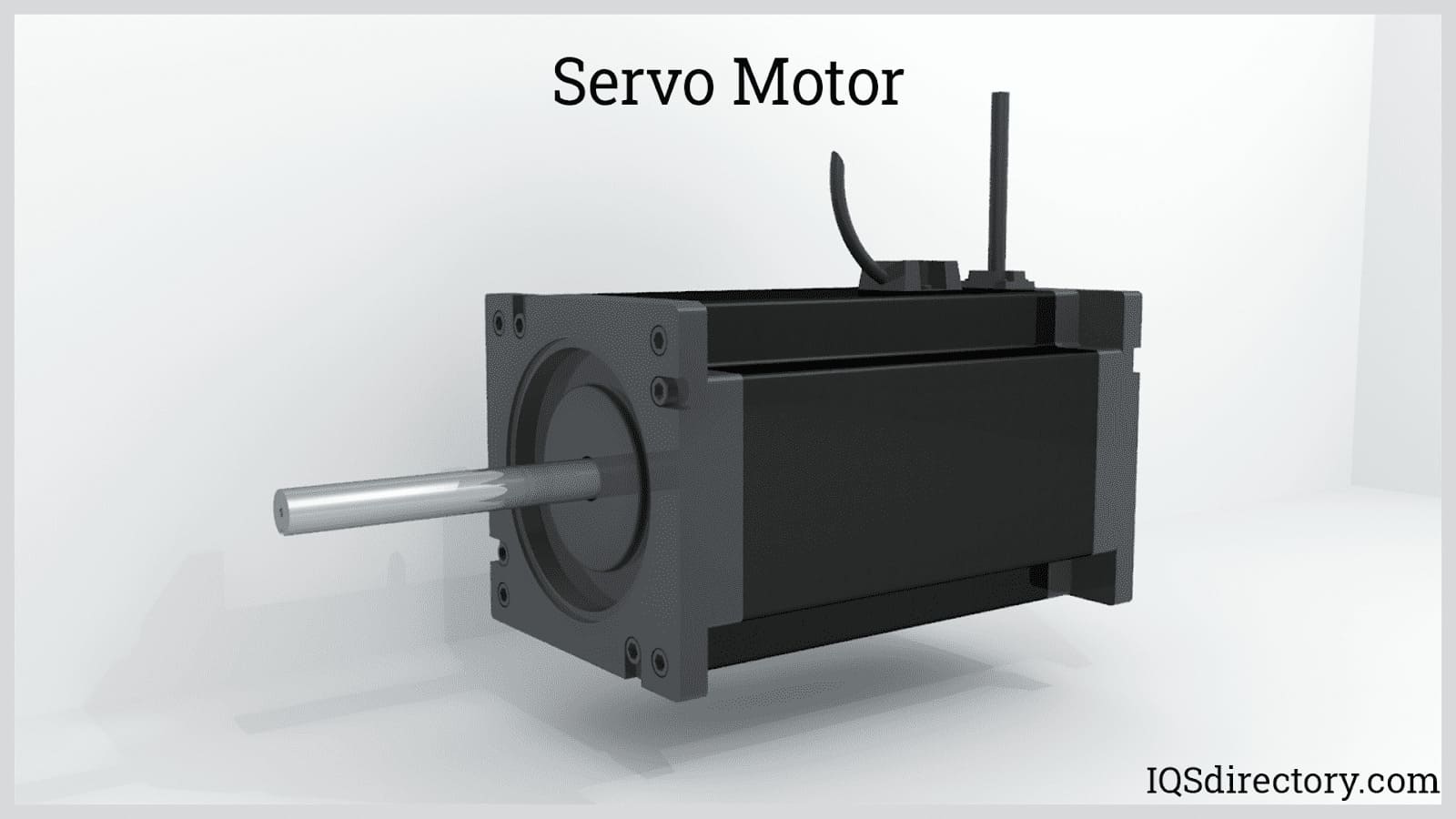
Stepper Motors: Unlike the servomotor, stepper motors do not need a feedback loop. They operate through the continuous energization and de-energization of stator poles that pull the poles of the rotor. The stator has poles energized separately to pull the rotor poles and create a stepping or indexing rotation. The rotor is made of laminated ferromagnetic material with a different number of poles than the stator. The difference in the number of poles of the rotor and the stator allows only one set or pair of poles to be attracted at a time. A controller and amplifier power the poles according to the programmed speed of the motor. Stepper motors are simpler than servo motors but are less powerful. If the load is exceeded, the motor can slip. Since there is no built-in feedback loop, there is no way to correct the deviation.
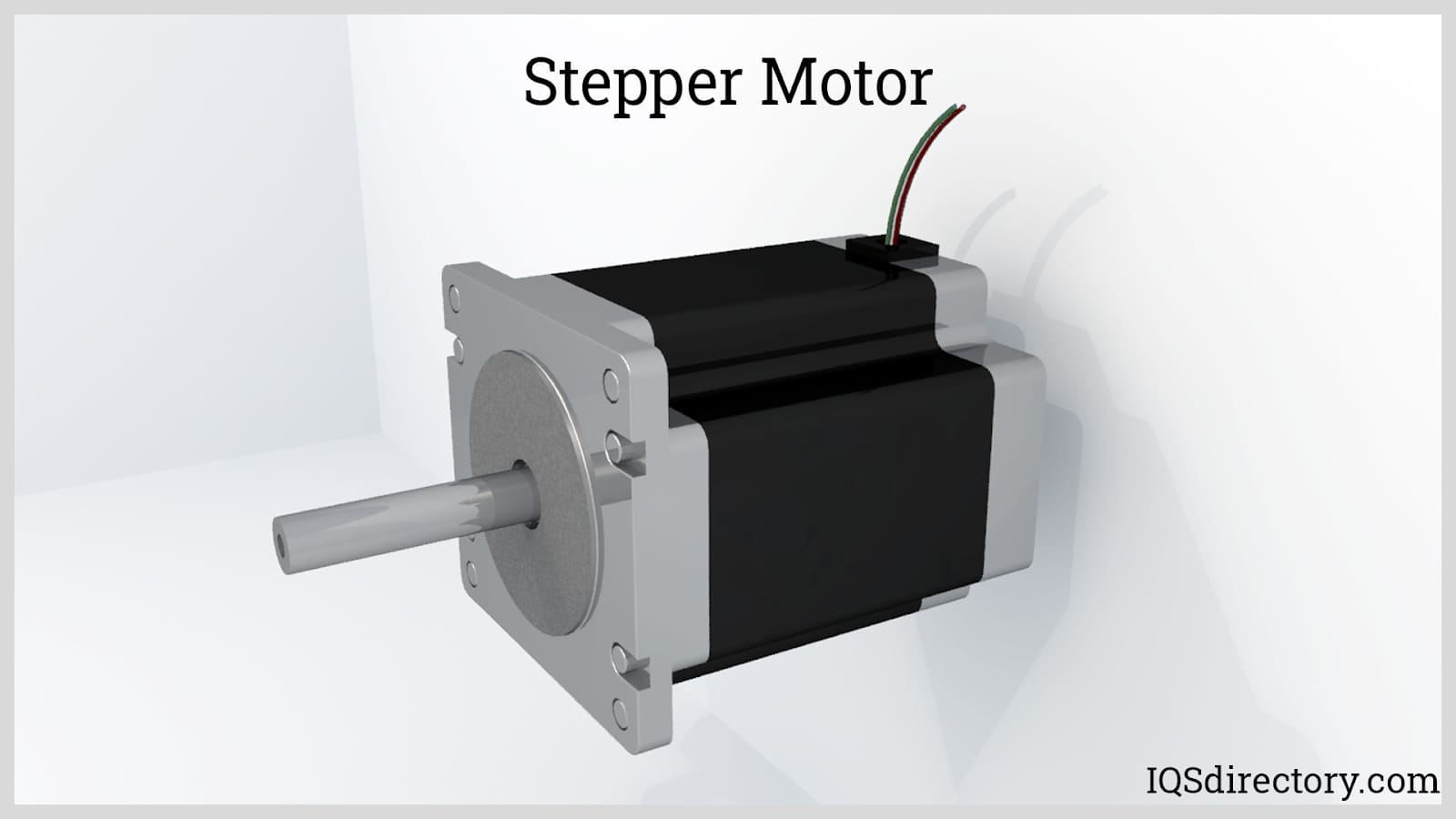
Pneumatic Actuators: Pneumatic actuators operate using compressed air typically at pressures around 6 to 10 bars. The flow of compressed air is controlled by solenoid valves. The most common types of pneumatic actuators are cylinders or rams. A pneumatic cylinder has a piston that extends or retracts upon the application of pressure inside the cylinder. One side of the piston is connected to a rod which couples to the robot arm. Other methods of coupling are also possible such as cables and magnets. The amount of force generated depends on the pressure and the effective area of the piston.
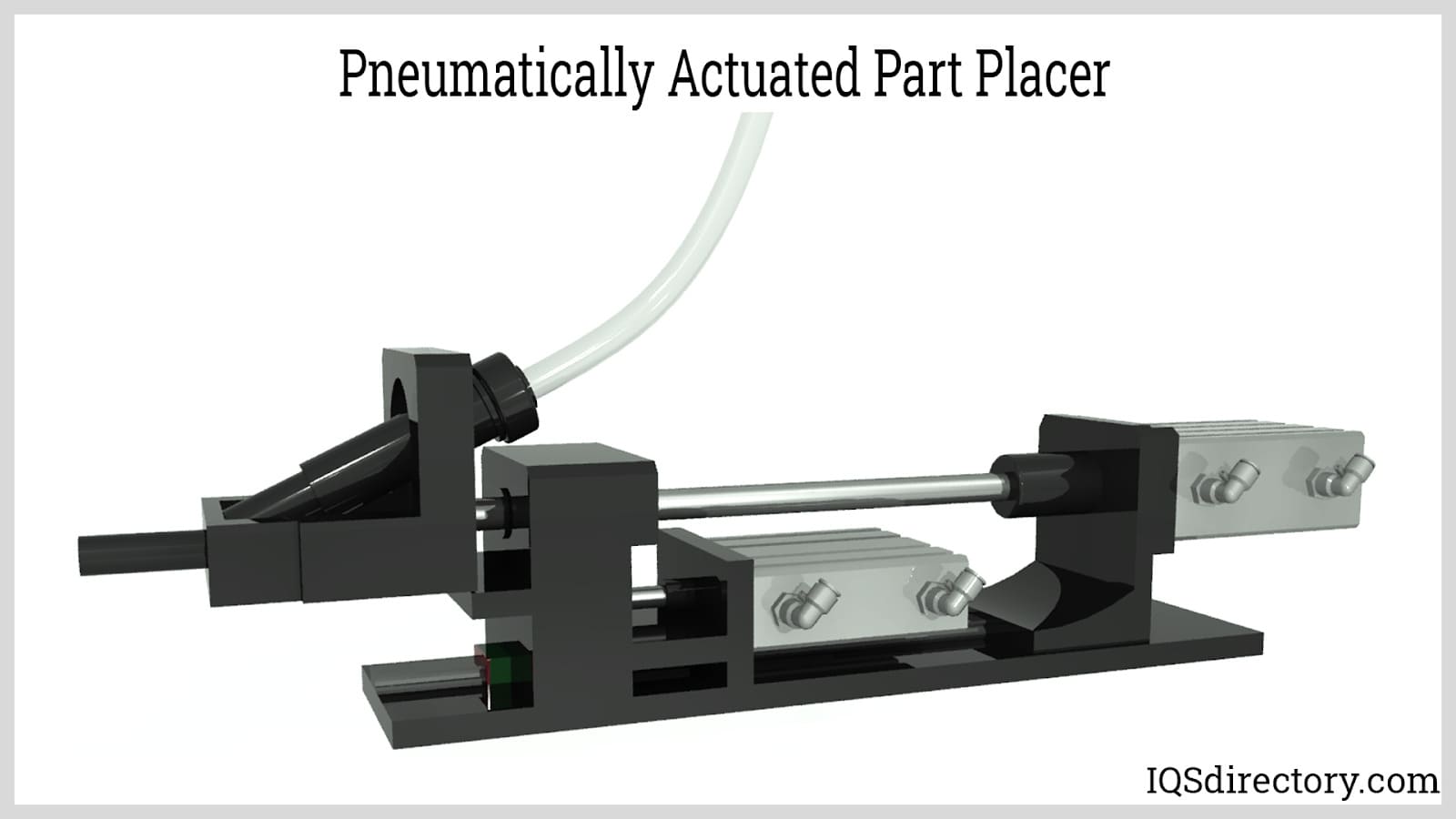
Pneumatic cylinders can be single-acting or double-acting. A single-acting cylinder has only one inlet port in which the compressed air pushes the piston in one direction only. The return stroke is achieved by an external force such as spring force or gravity. On the other hand, a double-acting cylinder has two ports on both ends of the cylinder that acts as both inlet and exhaust ports. Compressed air is supplied on one end and is released on the other. This allows the piston to move and exert force in both directions. A less common type of pneumatic cylinder is a telescoping cylinder which is composed of nested shells that extend when compressed air is introduced. Telescoping cylinders can be single or double-acting.
For creating rotary motion using compressed air, pneumatic motors are used. Common pneumatic motors are rotary vanes and turbines. Rotary vanes operate through the positive displacement of air as it passes the rotor. Turbines create rotation using the kinetic energy of the passing air. Aside from pneumatic cylinders and motors, other types of pneumatic actuators exist such as tubes, bellows, and diaphragms. Though different in construction, they function the same way as cylinders and motors.
Hydraulic Actuators: Hydraulic actuators operate the same way as pneumatic actuators. The only differences are the magnitude of force created, the robustness of construction, its fluid circuit, and the ability to be servo-controlled. Hydraulic actuators can exert very large forces suited for carrying heavy payloads. This can be attributed to the incompressibility of hydraulic fluids or oil. Pressures can go as high as 130 bars. Because of the high pressures involved, hydraulic actuators are constructed with very thick and rigid metals. The rams and pistons are surface treated and sealed to prevent any fluid leakage.
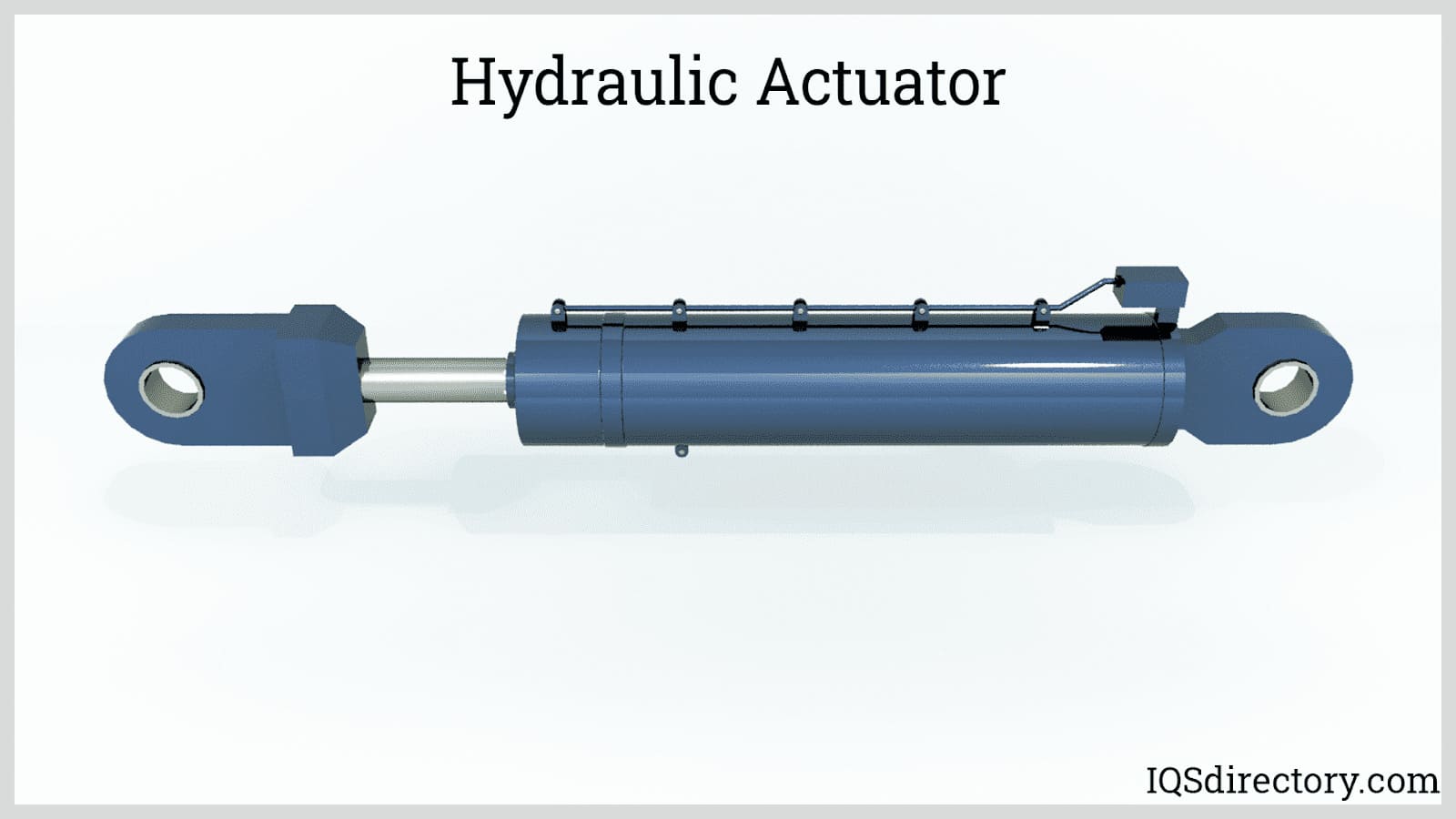
Pneumatic circuits are typically open where the air is not recirculated within the system. In hydraulic circuits, the fluid is returned to the pumping unit where oil is filtered and cooled before recirculation. When compressed at very high pressures, the fluid tends to heat up which can accelerate its degradation.
Another desirable characteristic of hydraulic actuators is their ability to be servo-controlled. Pneumatic cylinders are only capable of fully extending or retracting. Hydraulic cylinders, on the other hand, are capable of being servo-controlled in which their extension length and speed can be precisely controlled.

An automatic screwdriver is a piece of equipment that automatically inserts screws into a product during assembly and production. Since every production operation is unique and requires a...
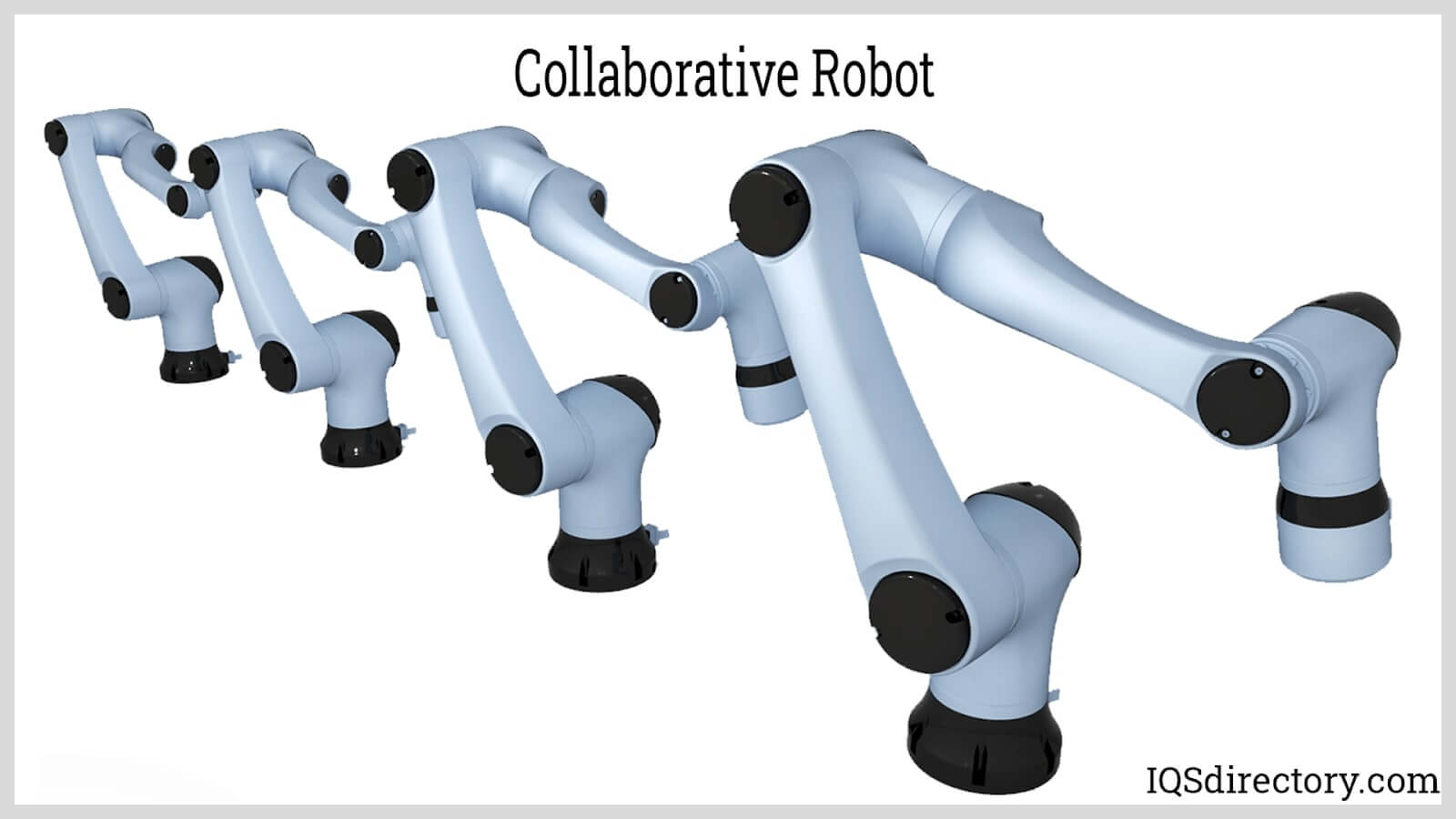
Collaborative robots, also abbreviated as Cobots, are the newest technology in robotics. They have changed the automation world significantly. These robots can work safely together with workers, hence are...
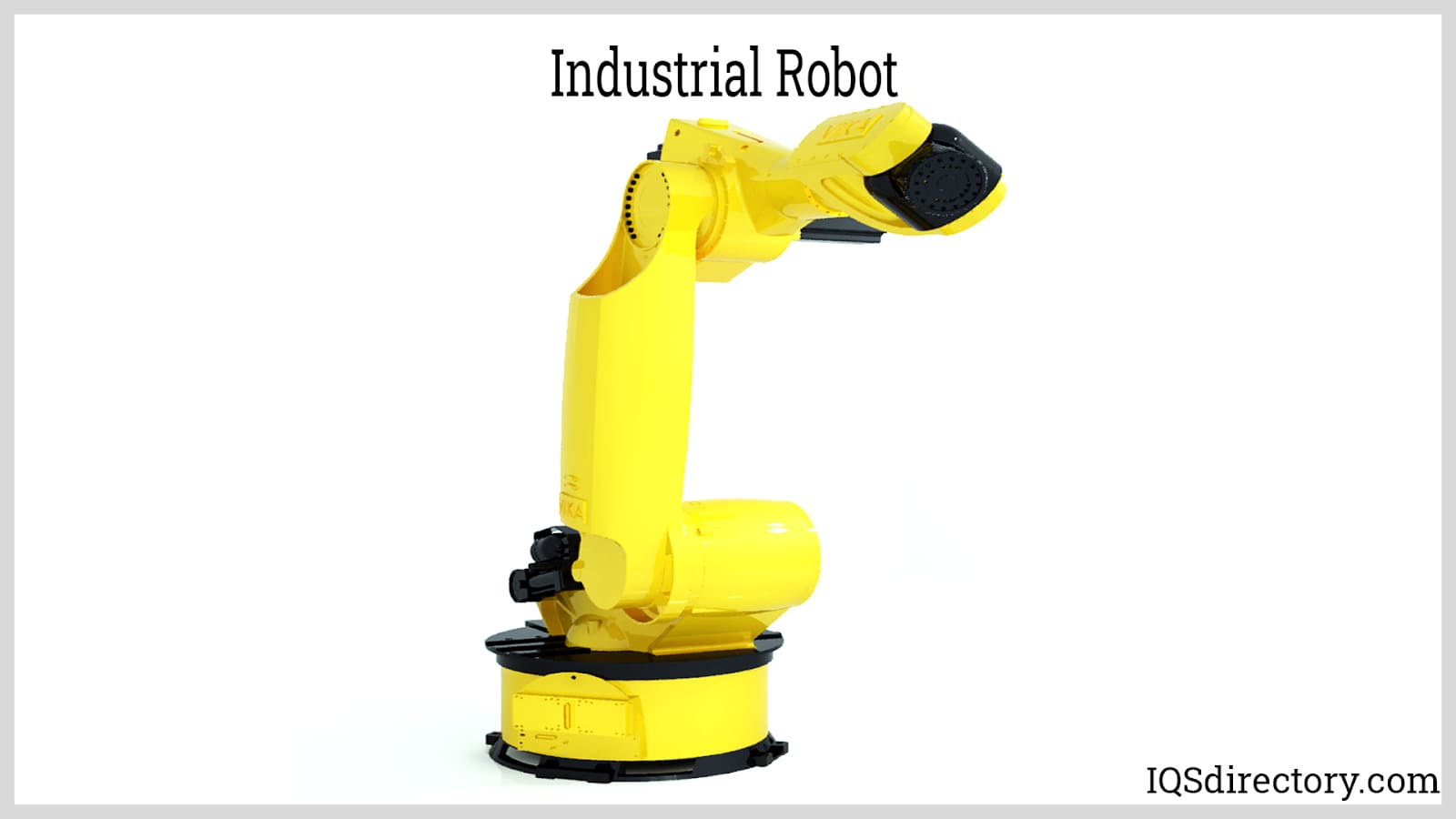
An industrial robot is an autonomous system of sensors, controllers, and actuators that executes specific functions and operations in a manufacturing or processing line. They operate continuously through repetitive...
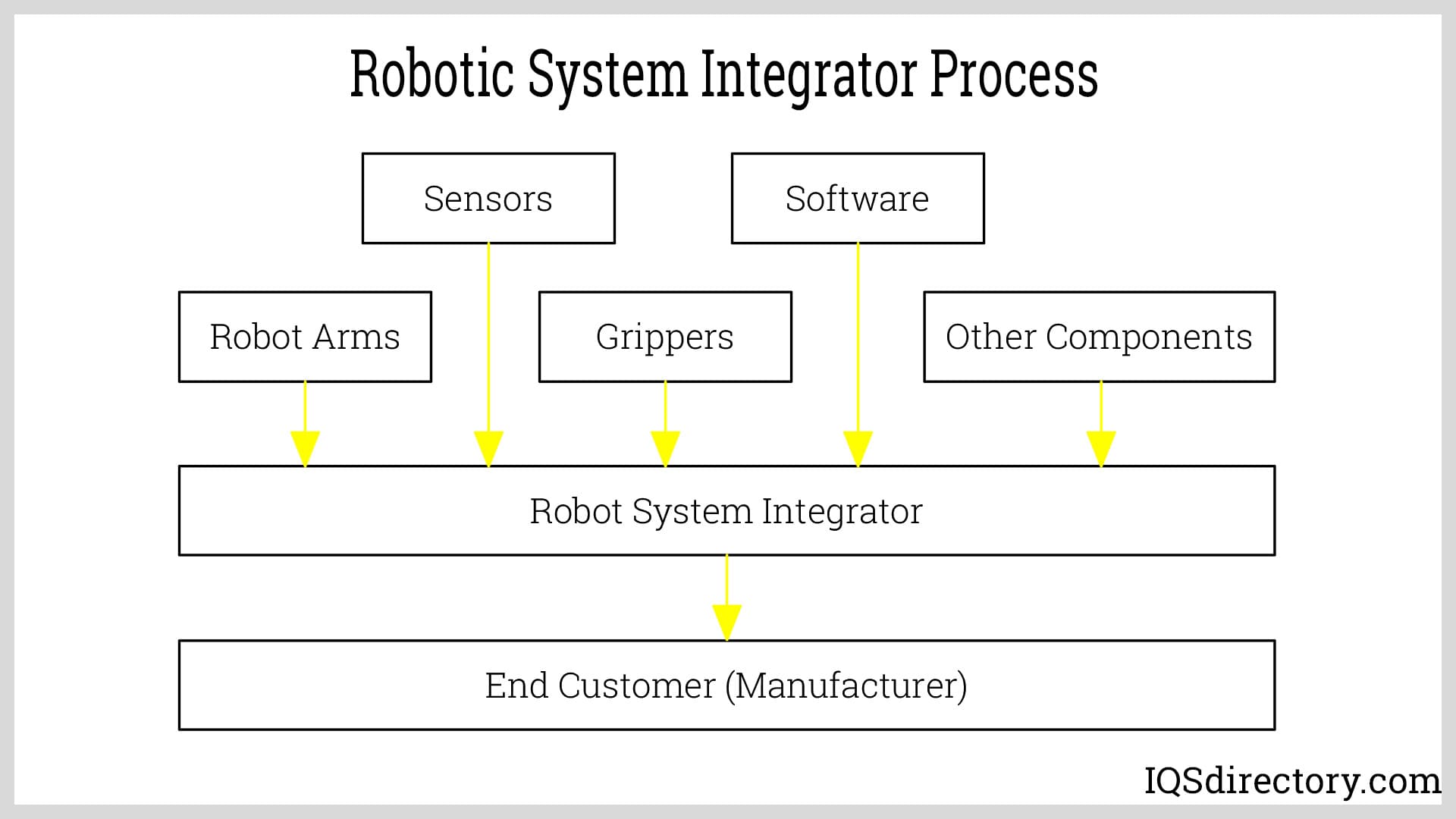
Robotic system integrators are companies that provide assistance in automating a wide range of applications. They help design robotic technologies that best suit the needs of an operation for a company and solutions as...
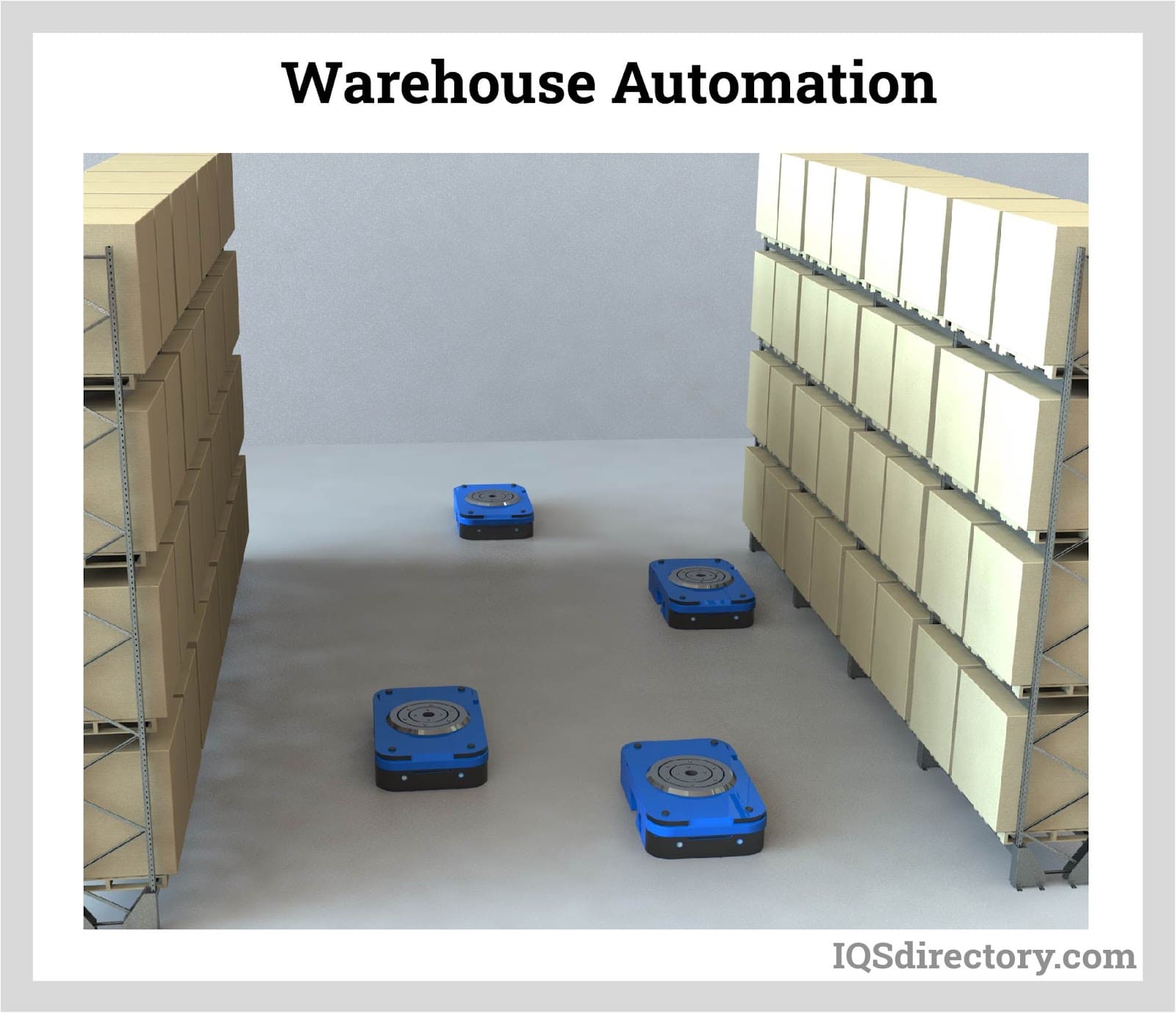
Warehouse automation is the process of replacing repetitive tasks with systems that are automated. The main goal is to remove labor-intensive duties that consume time. As a result, the workers can focus more on...
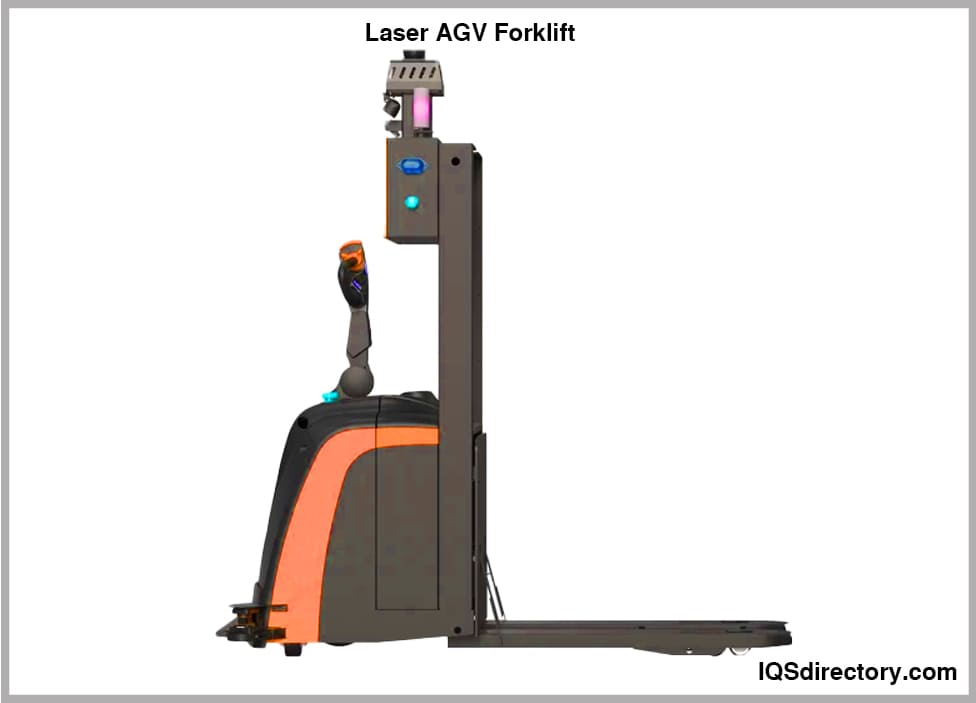
An AGV forklift is a driverless self-operating robotic device that has the ability to carry, lift, retrieve, and place loads for easy transfer from one location to another. An automatic guided vehicle (AGV) forklift is a computer controlled mechanism that...
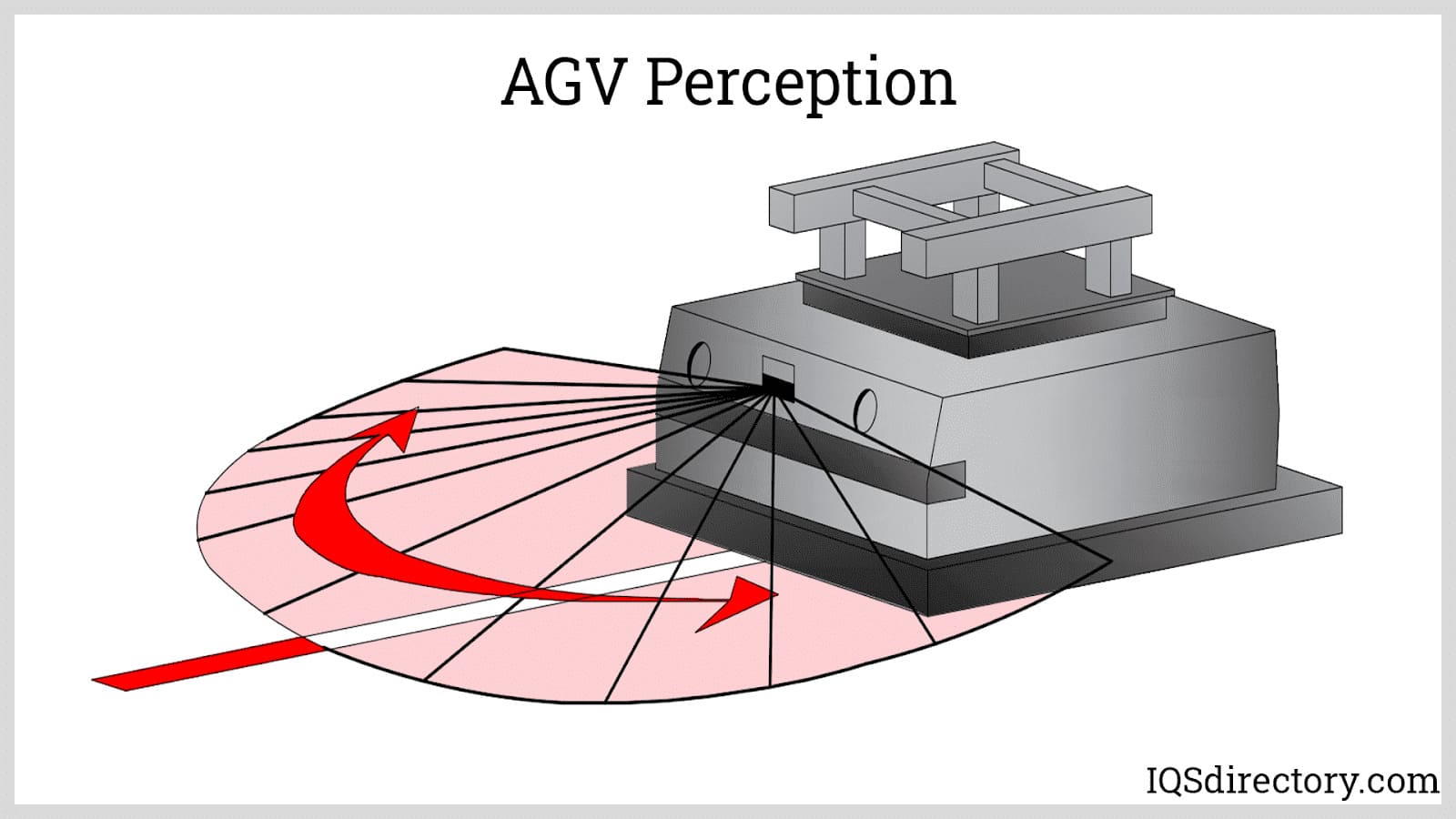
Automated guided vehicles (AGV) or mobile robots are types of guided robotic systems that are not bounded by a fixed range of motion. Rather, it is self-contained and can move along a line, surface, or space...
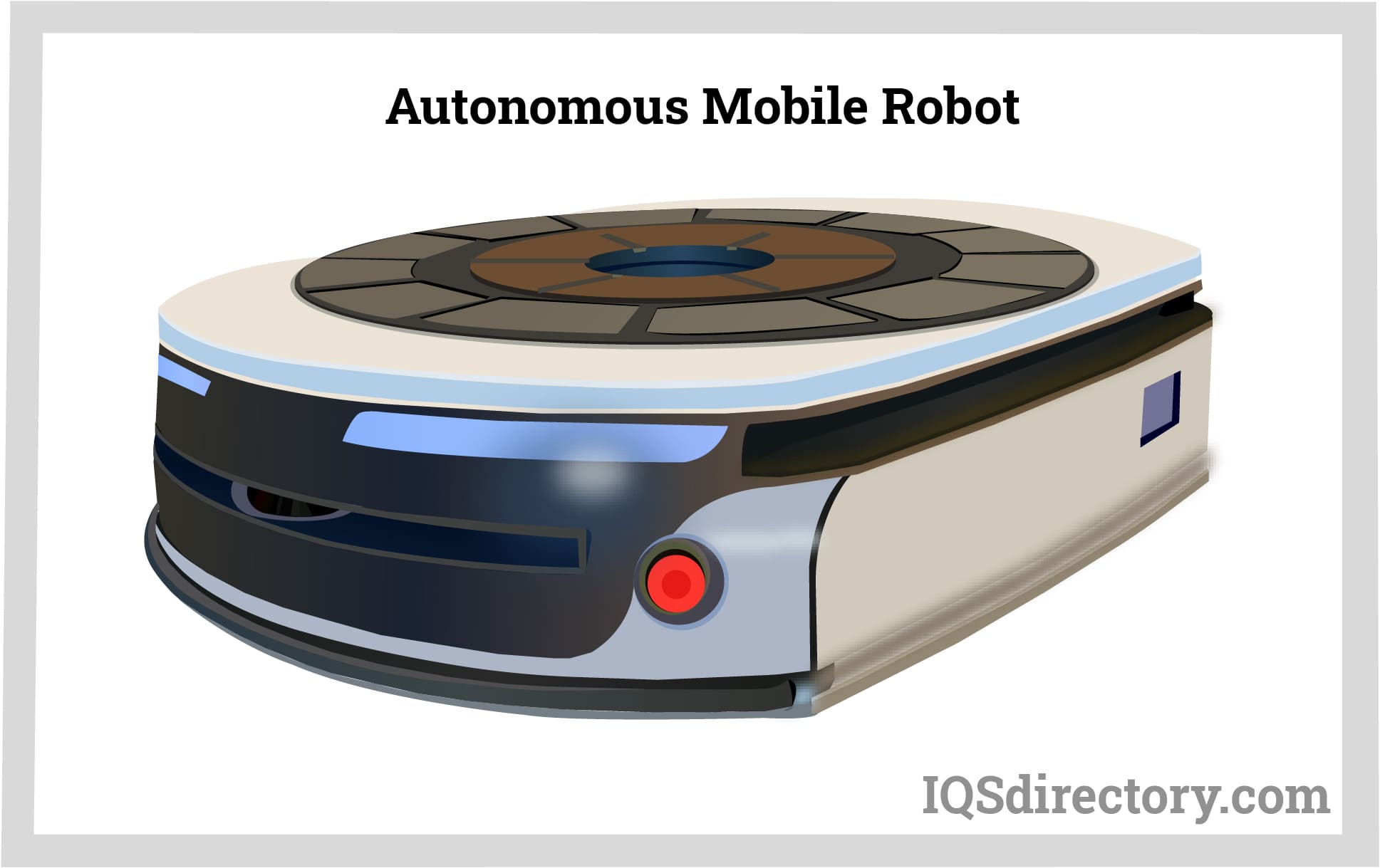
An autonomous mobile robot (AMR) is a self-propelled self-powered mechanism designed to perform repetitive tasks or organizational functions using an internal guidance system. They are able to navigate their...
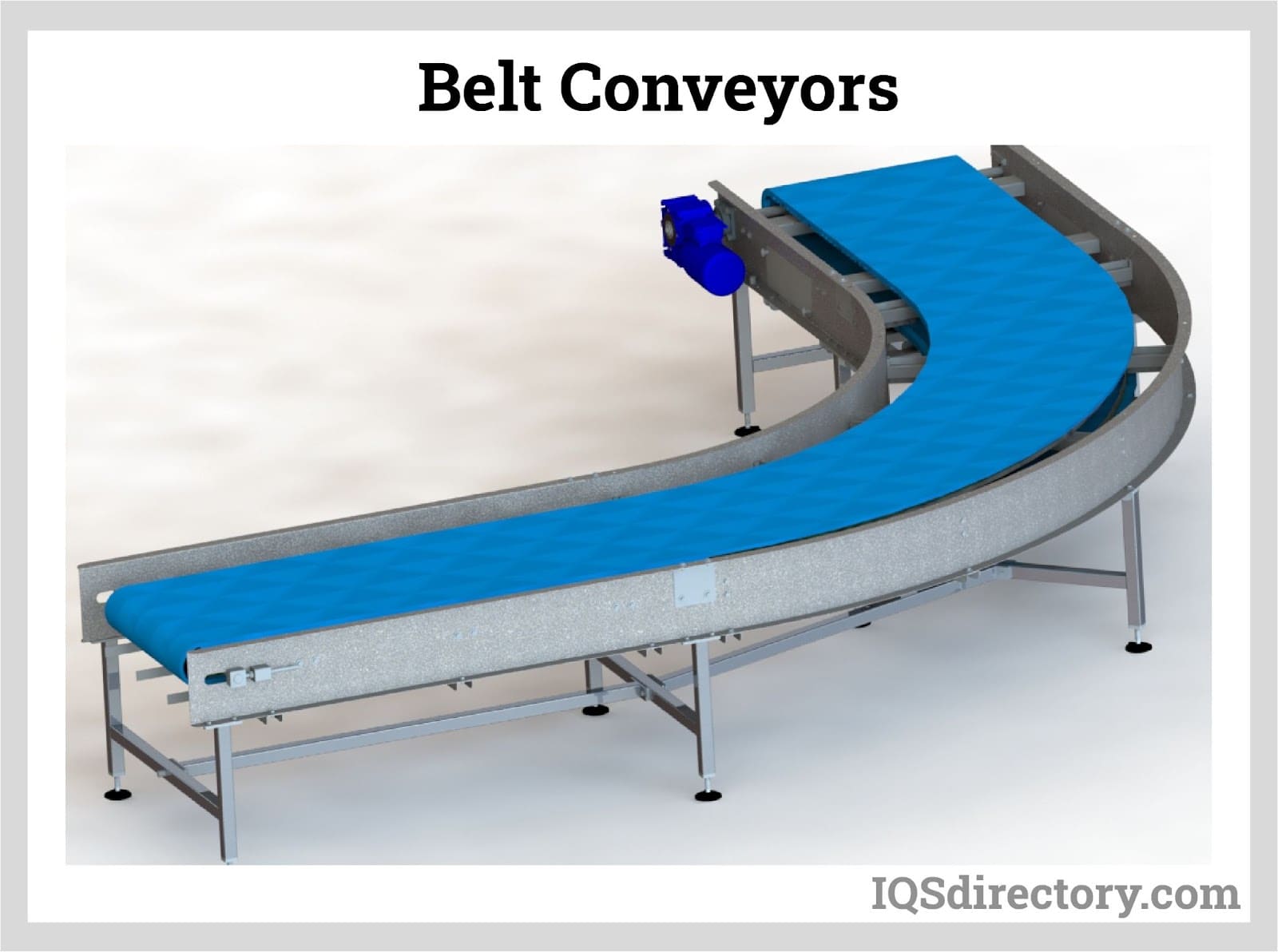
A belt conveyor is a system designed to transport or move physical items like materials, goods, even people from one point to another. Unlike other conveying means that employ chains, spirals, hydraulics, etc...
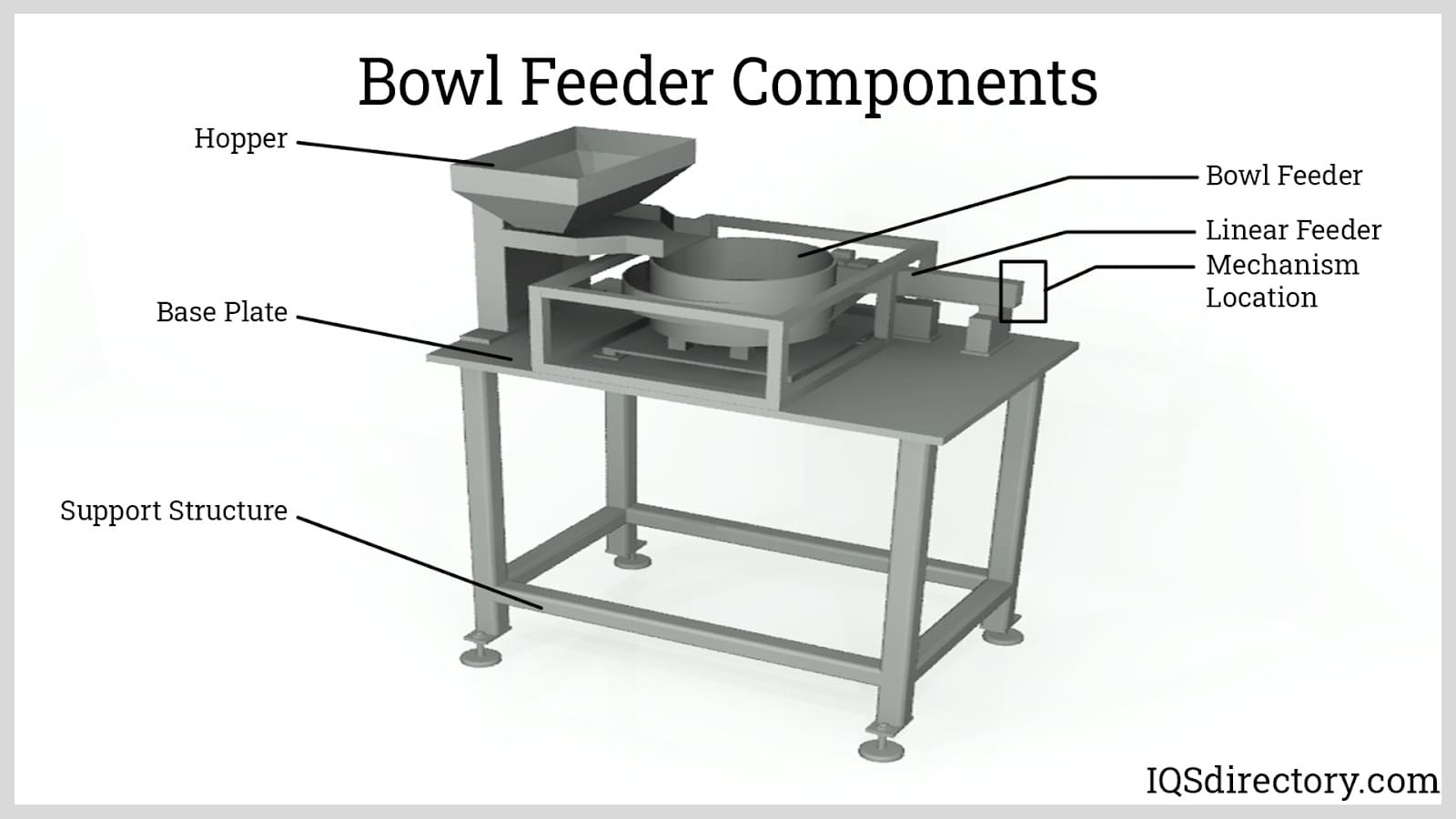
A bowl feeder is a mechanism for supplying small parts and components to a production line or for sorting bulk items for rapid use. A self contained bowl feeder system has a bowl that sets on a spring loaded base that moves vertically...

A conveyor system is a method for moving packages, products, supplies, parts, and equipment for production, shipping, or relocation. The different types of conveying systems include pneumatic, screw, belt, and roller. The construction of individual systems depends on the materials...
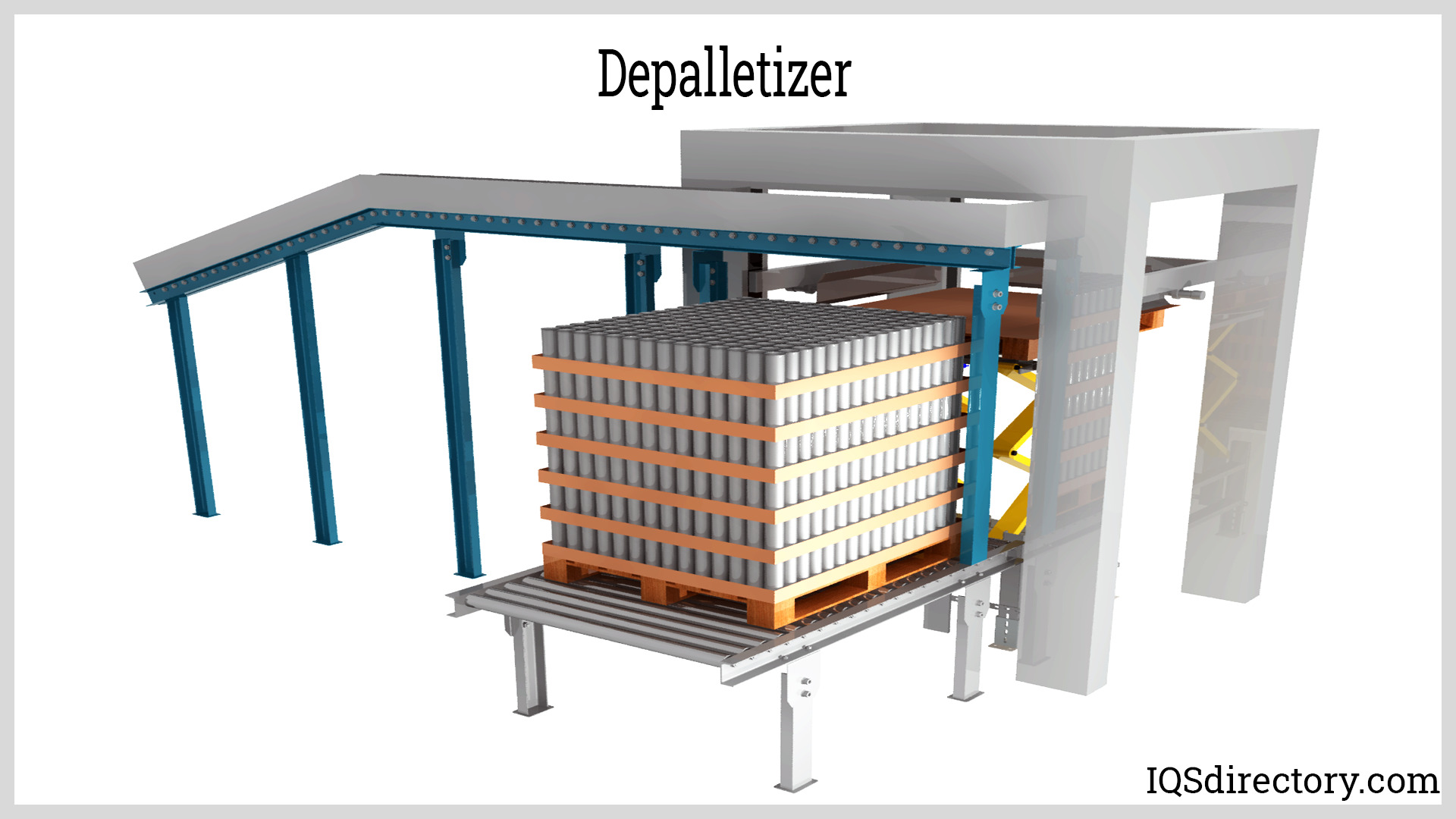
Palletizing is the process of putting items on a pallet. The process of emptying the loaded objects in the reverse pattern is known as depalletizing. A pallet is a flat, square-shaped platform used to transport and...
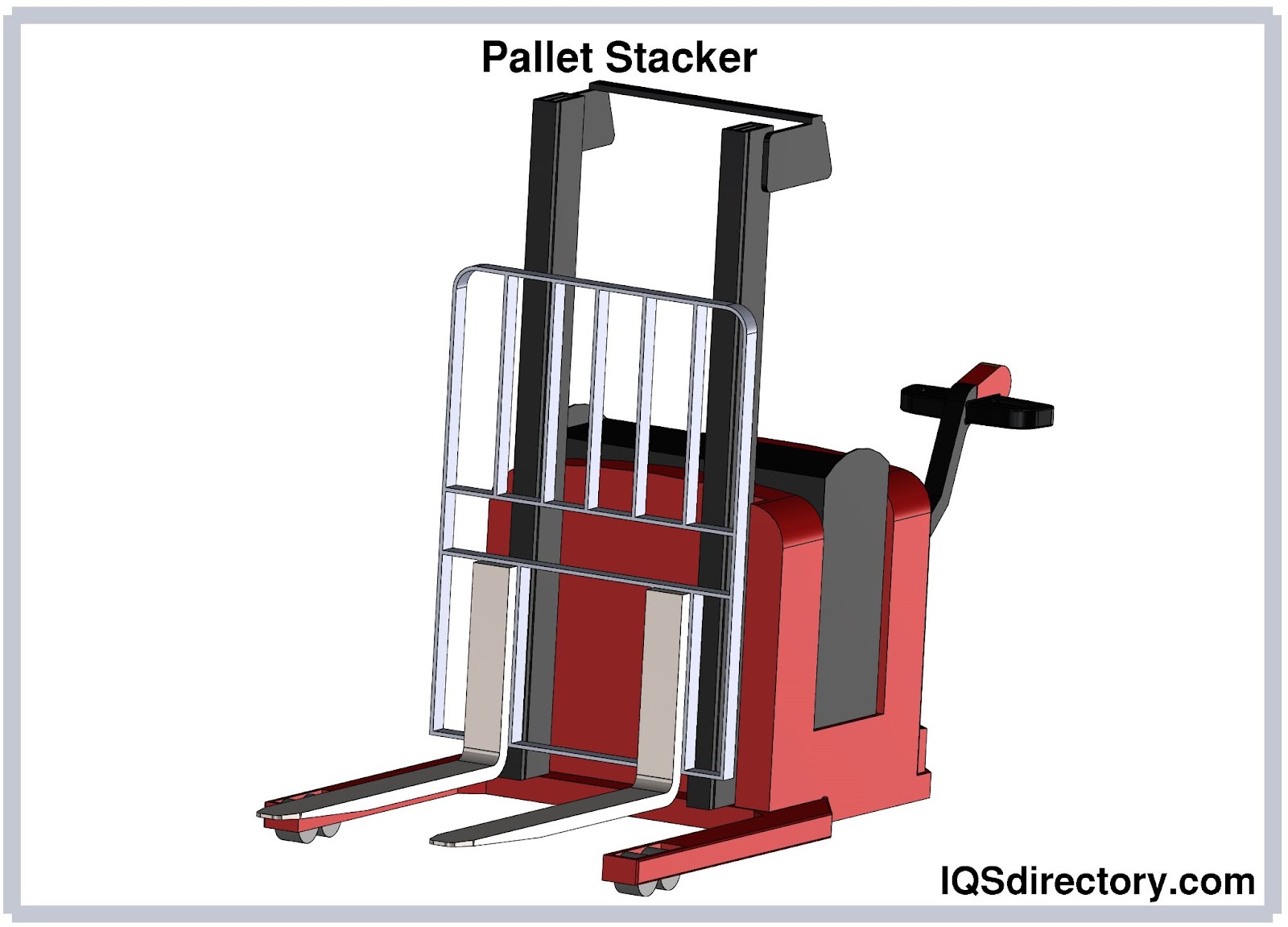
A pallet stacker is a machine designed to assist the user in lifting, moving and handling palletized materials with ease. A pallet itself is a flat and horizontal structure used to support goods in a sturdy fashion...
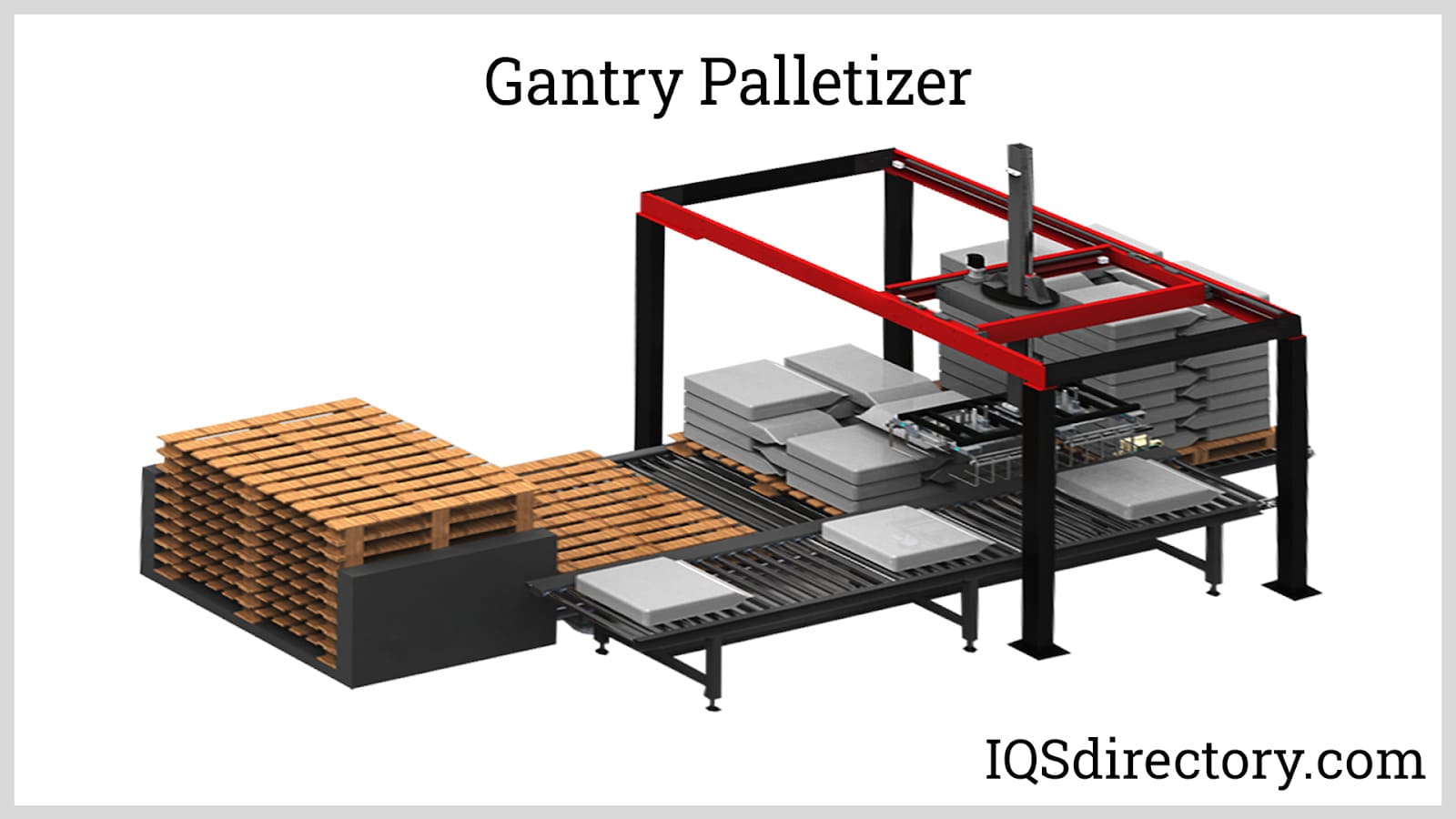
A palletizer is an automated material handling machine used to stack and orient several individual products into a single load for a more convenient and economical method of handling, storage, and shipment. Palletizers are usually part of a bigger packaging process...
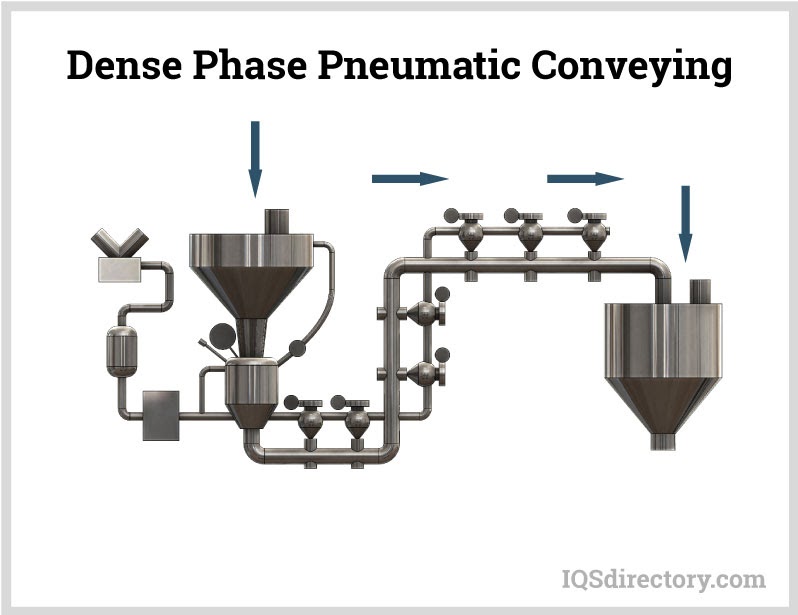
Pneumatic conveying is a method for transferring bulk materials, like powders and granules, using compressed gas or air, from one processing center to another. Material is moved through an enclosed conveying line or tube using a combination of pressure differential and airflow from a blower or fan...
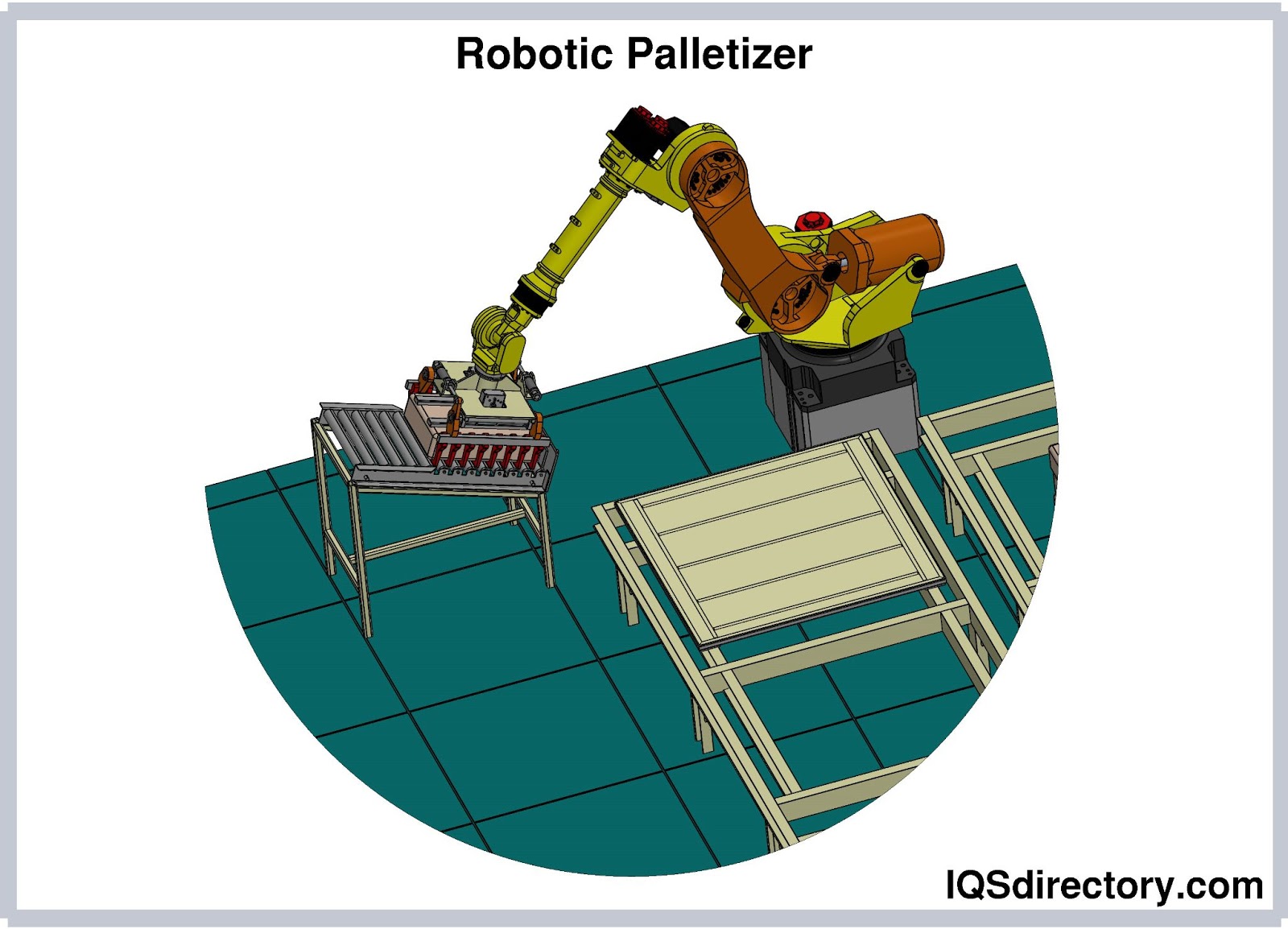
A robotic palletizer is a type of palletizer that employs a robotic arm to pick, orient, and place individual products and arrange them into a single stack of load. They are the next generation of palletizers, and they will supersede conventional palletizers...
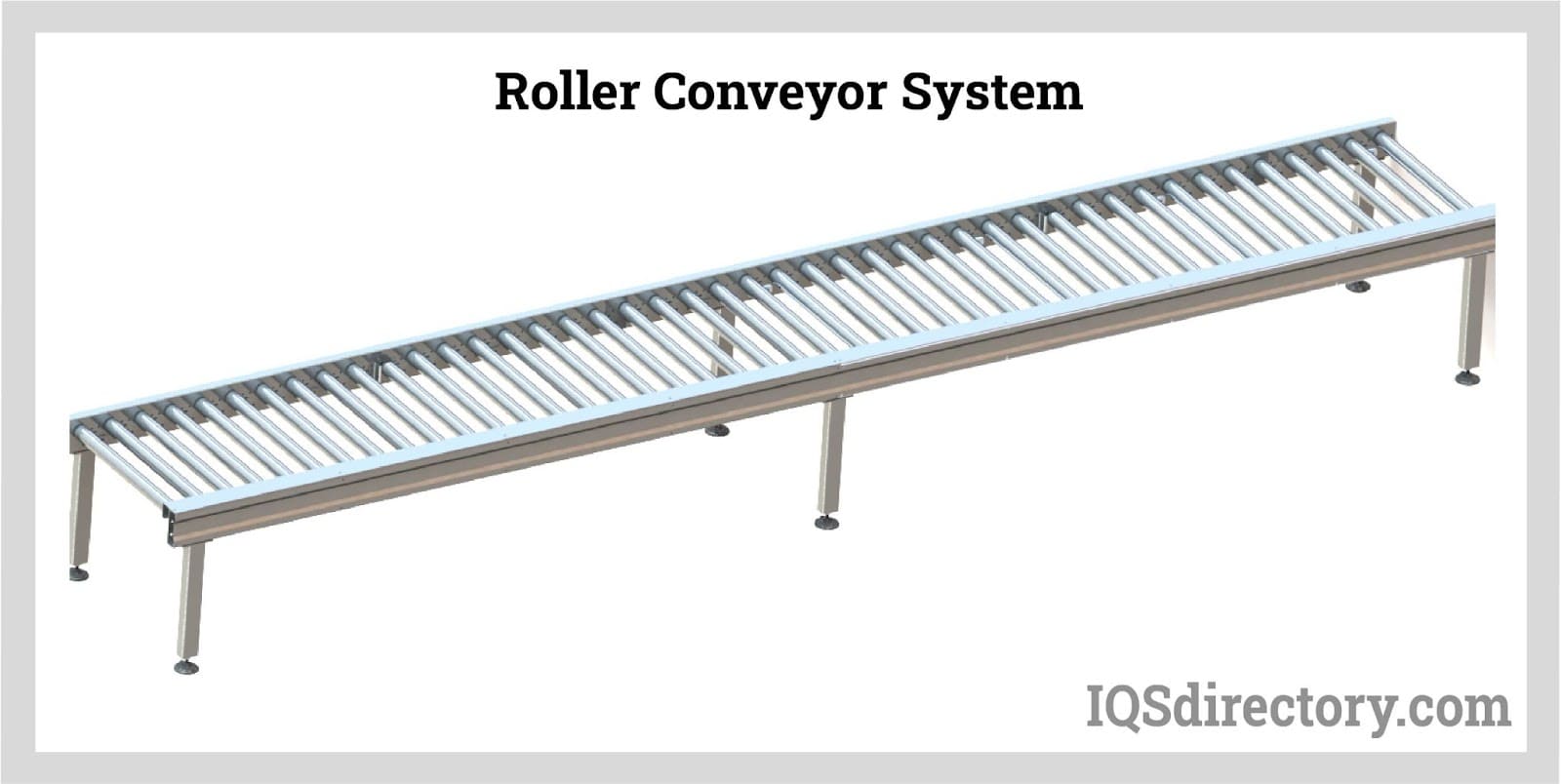
Roller conveyors are a type of conveyor belt that allows objects to skate on its surface by using rollers, which are equally spaced revolving cylinders. They transport stuff from one location to another...
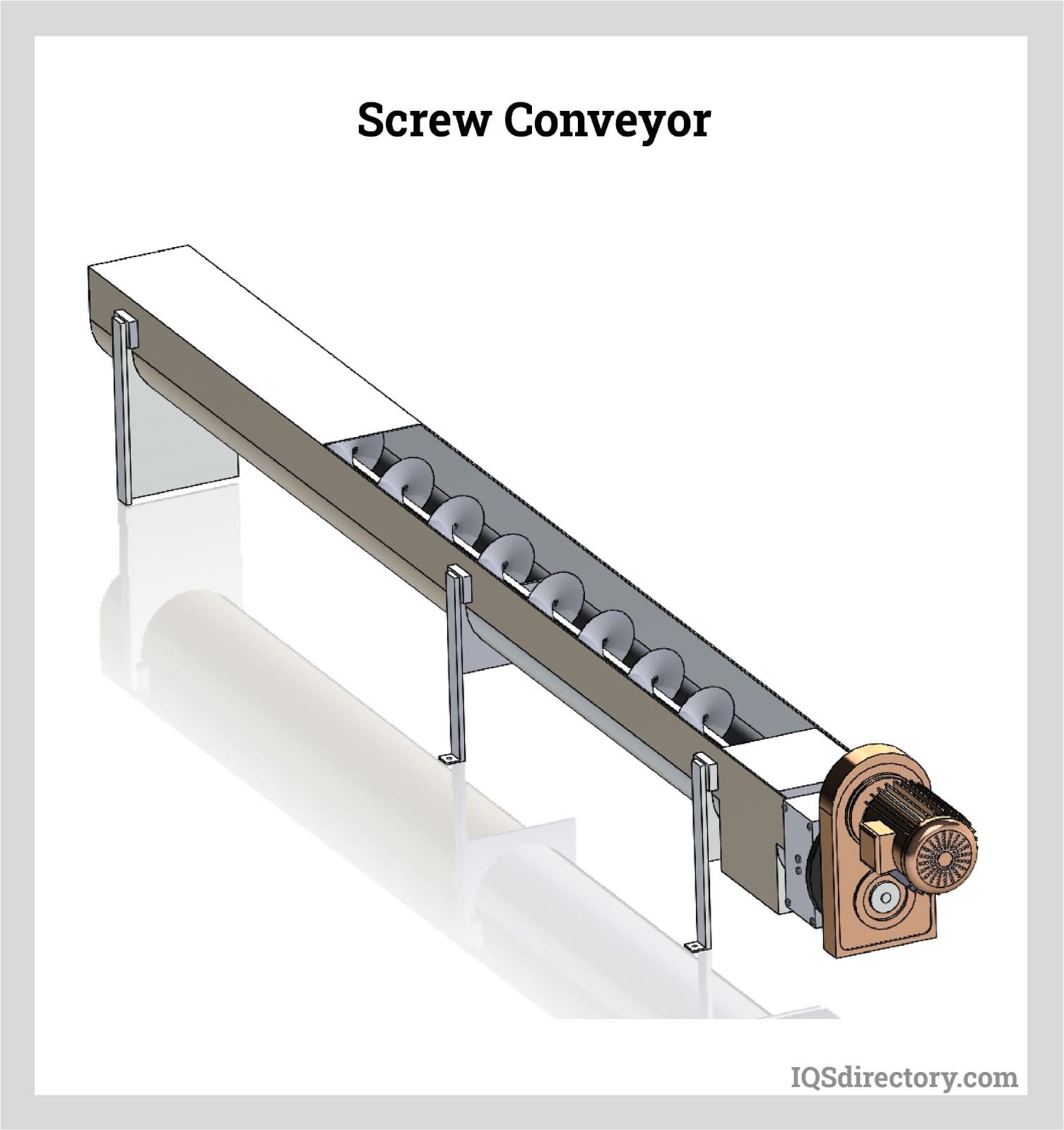
Screw conveyors, or auger conveyors, are industrial equipment used in transporting bulk quantities of granular solids (e.g., powder, grains, granules), semi-solids, liquids, and even non-flowing materials from one point to another...
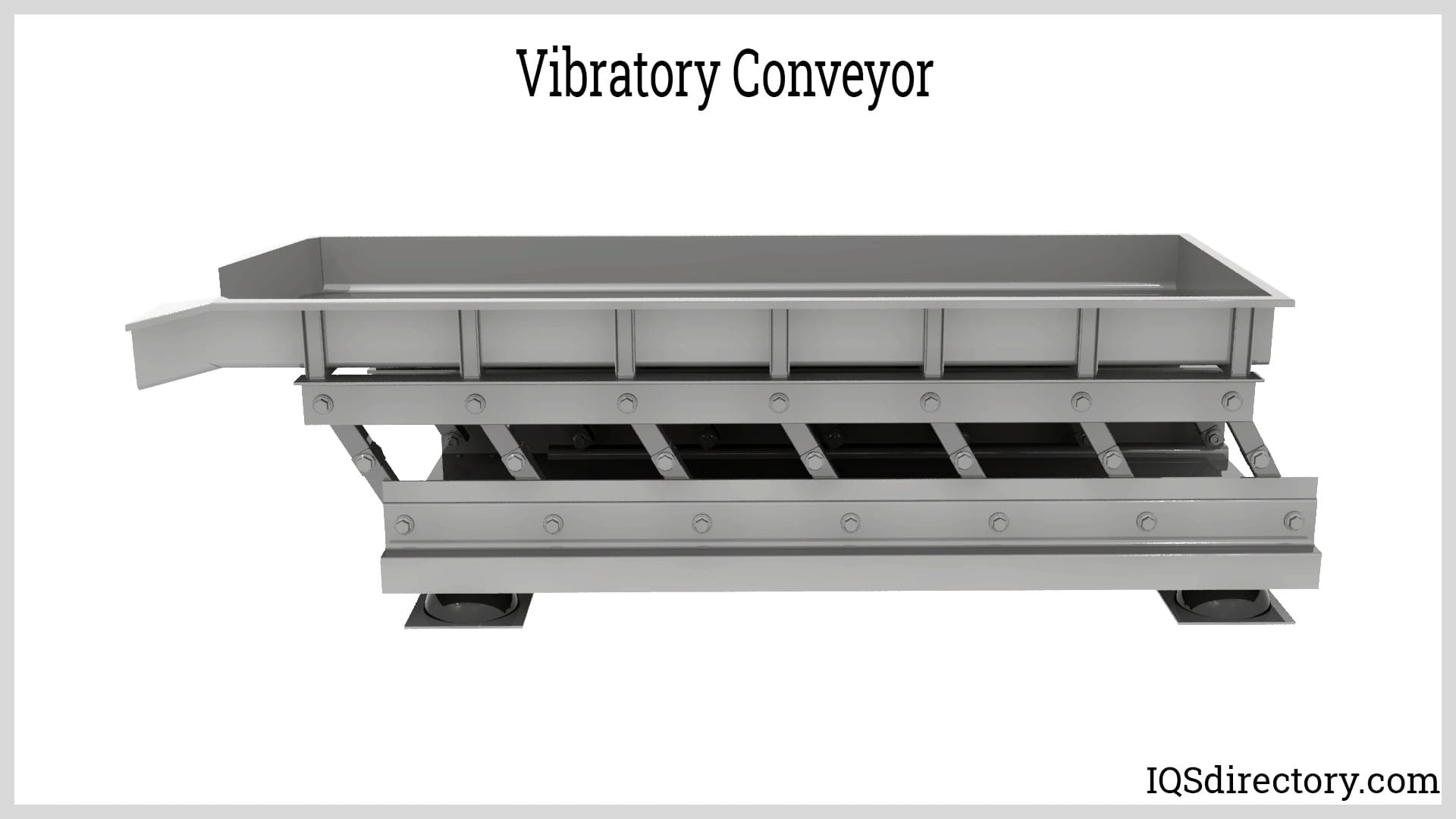
Vibratory conveyors are material-handling equipment used to transport fine to coarse-grained bulk materials. These vibratory conveyors are strong conveying equipment utilized for bulk commodities with fine to coarse graininess...
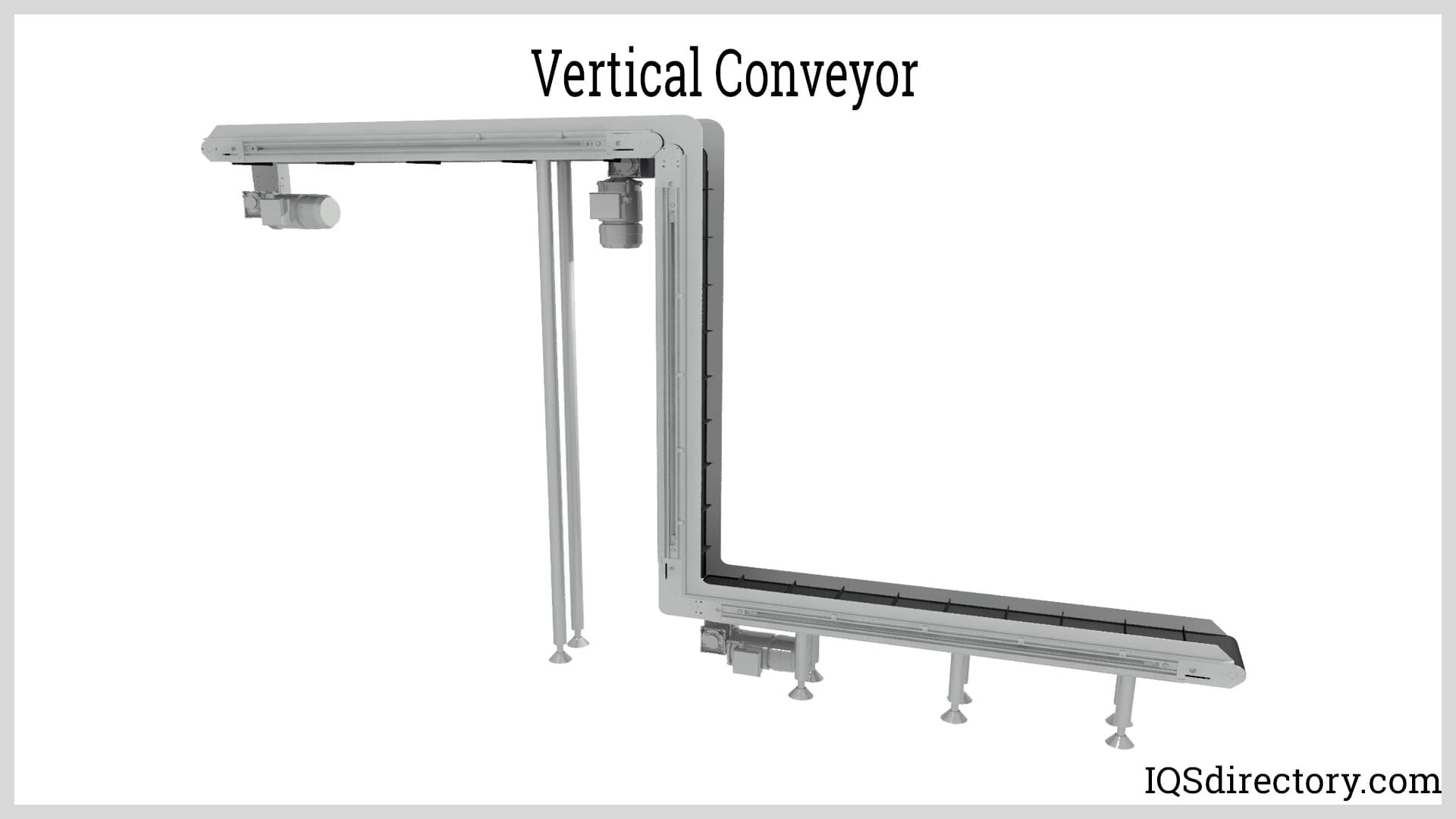
A vertical conveyor is an engineered mechanical method for moving goods, products, supplies, parts, and components from a lower level to a higher level or from a higher level to a lower level. They are...
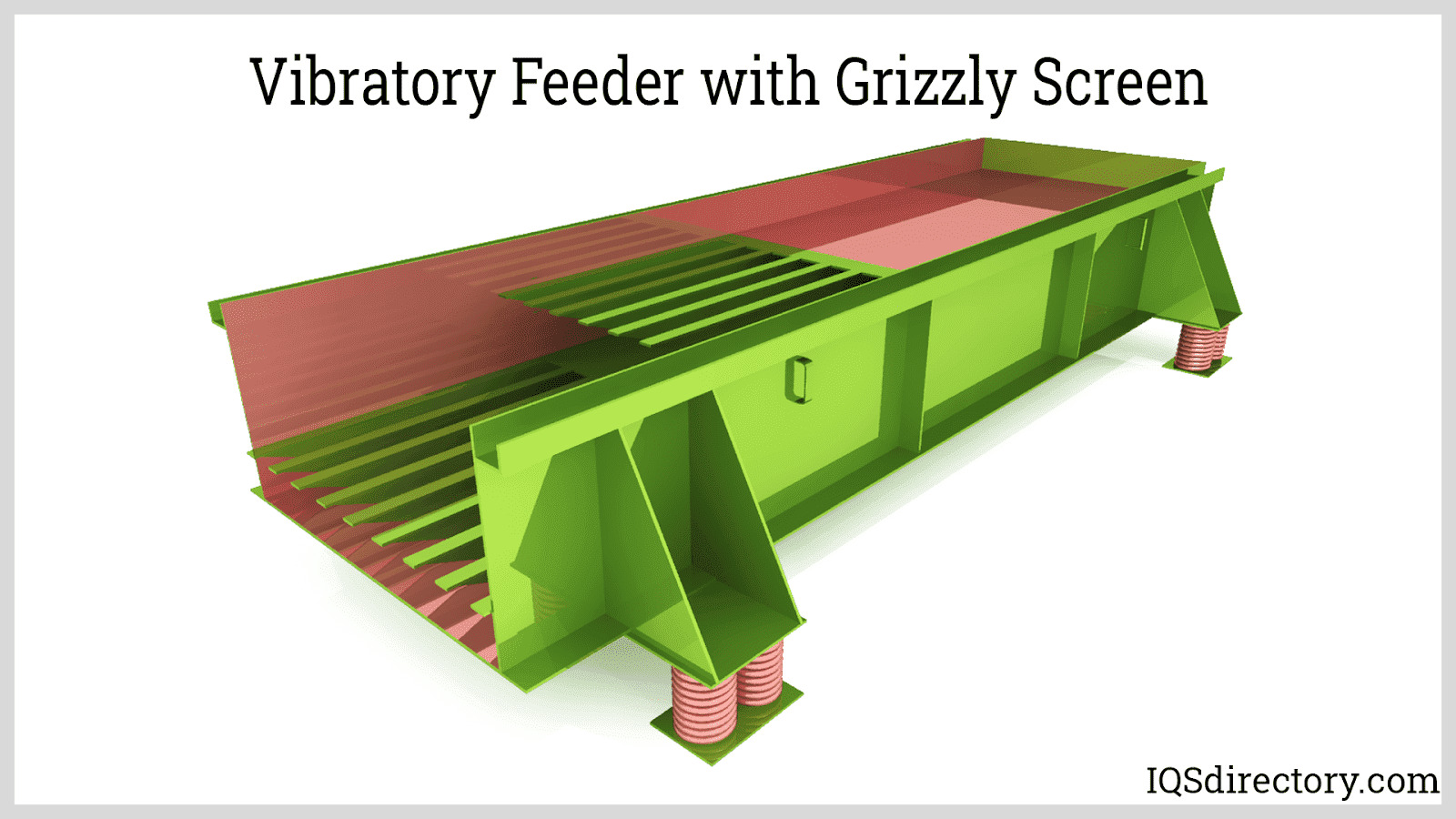
Vibratory feeders are short conveyors used to transport bulk materials utilizing a controlled vibratory force system and gravity. The vibrations impart a combination of horizontal and vertical acceleration through tossing, hopping, or sliding-type of action to the materials being handled...
In 1954, when Arthur "Mac" Barrett, of Barrett Electronics Corporation, unveiled the first AGV, he named it Guide-o-Matic and described it as a driverless vehicle...